How to Protect Your Marble and Travertine from Stains, Scratches, and Damage

Introduction
Marble and travertine are stunning natural stones that bring timeless beauty to any space. However, because of their porous nature, they can be prone to stains, scratches, and damage if not properly maintained. Whether you have marble flooring, a travertine shower, or a beautifully tiled wall, this guide will show you how to protect your investment and keep your stone surfaces looking flawless for years to come.
1. Understanding the Vulnerabilities of Marble and Travertine
Why Do Marble and Travertine Need Protection?
-
Porosity: Both stones absorb liquids, making them susceptible to stains.
-
Softness: Marble is prone to scratches, while travertine is more fragile due to its porous structure.
-
Acid Sensitivity: Marble reacts to acidic substances like lemon juice, wine, and vinegar, leading to etching.
-
Moisture Absorption: Travertine absorbs water, which can lead to mold growth in damp environments like showers.
2. Sealing: The First Line of Defense
Why Seal Marble and Travertine?
Sealing creates an invisible barrier that prevents liquids from penetrating the stone, reducing the risk of stains and damage.
Choosing the Right Sealer
-
Penetrating Sealers: Best for natural stone as they absorb into the pores.
-
Topical Sealers: Create a protective layer on the surface but may alter the natural look.
-
Enhancing Sealers: Darken the stone slightly to bring out natural patterns.
How to Apply a Sealer
-
Clean the surface thoroughly and let it dry completely.
-
Apply the sealer evenly using a soft cloth or sponge.
-
Let it absorb for 15-30 minutes, then wipe off excess.
-
Allow 24 hours for curing before using the area.
-
Reapply every 6-12 months for high-traffic areas.
3. Preventing Stains on Marble and Travertine
Do’s:
✅ Wipe spills immediately with a soft cloth. ✅ Use coasters under drinks and trays under toiletries. ✅ Seal surfaces regularly to prevent absorption. ✅ Use a pH-neutral stone cleaner for daily cleaning.
Don’ts:
❌ Never use vinegar, lemon juice, or harsh chemicals. ❌ Avoid leaving wet towels or standing water on travertine. ❌ Don’t place hot pots directly on marble.
4. Preventing Scratches and Etching
How to Avoid Scratches
-
Use felt pads under furniture legs.
-
Avoid dragging heavy objects across marble flooring.
-
Use soft-bristled brooms and microfiber mops for cleaning.
-
Avoid sand and grit, which can act like sandpaper on the surface.
How to Prevent Etching
-
Wipe acidic spills (wine, juice, coffee) immediately.
-
Use cutting boards instead of cutting directly on marble.
-
Apply a sealer with acid resistance if using marble in a kitchen.
5. Protecting Marble and Travertine in Wet Areas
How to Maintain Travertine in Showers
-
Seal regularly to prevent water absorption.
-
Use a squeegee after each shower to reduce water spots.
-
Clean weekly with a mild, stone-safe cleaner.
How to Protect Marble in Bathrooms
-
Use bath mats and rugs to reduce water exposure.
-
Wipe down countertops and shower walls after use.
-
Apply a waterproof sealant for added protection.
6. Cleaning and Maintenance Tips
Daily Cleaning Routine
-
Use a pH-neutral cleaner designed for natural stone.
-
Dust or sweep floors daily to prevent buildup.
-
Wipe surfaces with a damp microfiber cloth.
Deep Cleaning Tips
-
For stains, use a baking soda poultice to draw out moisture.
-
For etching, apply a marble polishing powder and buff with a soft cloth.
-
For grout, use a soft-bristled brush and stone-safe cleaner.
7. Repairing Minor Damage
Fixing Scratches
-
Light scratches: Buff with a marble polishing compound.
-
Deep scratches: Professional refinishing may be needed.
Removing Stains
-
Oil stains: Use baking soda and water paste.
-
Rust stains: Apply a poultice with hydrogen peroxide.
-
Water stains: Gently buff with a soft cloth and polishing powder.
Repairing Chipped Travertine
-
Use epoxy or resin filler that matches the stone color.
-
Sand gently after drying for a smooth finish.
8. Frequently Asked Questions (FAQs)
Q1: How often should I seal my marble or travertine?
A: High-traffic areas should be sealed every 6-12 months. Low-traffic areas can be sealed once a year.
Q2: Can I use a steam mop on marble or travertine?
A: No, excessive heat and moisture can weaken the stone’s integrity.
Q3: What’s the best cleaner for marble and travertine?
A: A pH-neutral stone cleaner specifically made for natural stone surfaces.
Q4: Will sealing completely prevent stains?
A: Sealing helps, but spills should still be cleaned up immediately.
Q5: Can I use bleach or ammonia to clean my marble?
A: No! These chemicals can cause discoloration and etching.
Q6: How do I remove mold from travertine in the shower?
A: Use a mixture of hydrogen peroxide and water with a soft brush.
Q7: What should I do if my marble gets etched?
A: Use a marble polishing powder to buff out the etch mark.
Q8: Does travertine crack easily?
A: Travertine is softer than marble and can crack if not installed properly or exposed to heavy impact.
Q9: How can I prevent water stains on marble?
A: Wipe surfaces dry after use and use coasters for drinks.
Q10: Can I use a regular vacuum on travertine floors?
A: Only if it has a soft brush attachment to avoid scratching.
9. Conclusion
Marble and travertine are elegant but require regular maintenance to stay in top condition. By sealing surfaces, cleaning with stone-safe products, and taking preventative measures, you can protect your investment from stains, scratches, and damage. Whether you have Carrara White Marble, Scabos Travertine, or Calacatta Gold Marble, proper care ensures their beauty lasts for generations.
Following these protection tips will keep your natural stone surfaces looking brand new. Implement these strategies today and enjoy the lasting elegance of marble and travertine in your home!

 Best Selling Marble Collections
Best Selling Marble Collections
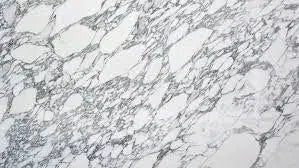 Arabescato Corchia
Arabescato Corchia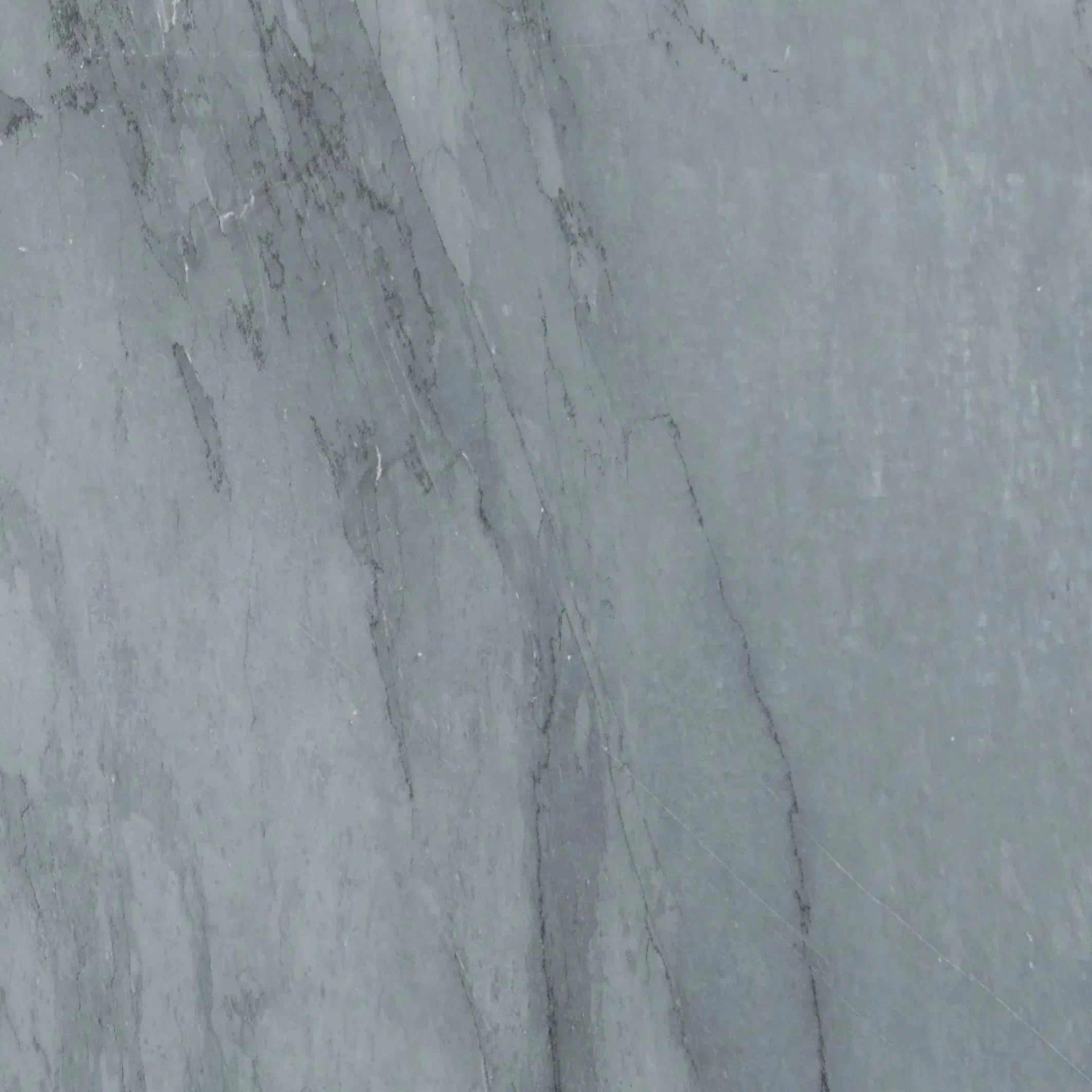 Bardiglio
Bardiglio Bianco Dolomite
Bianco Dolomite 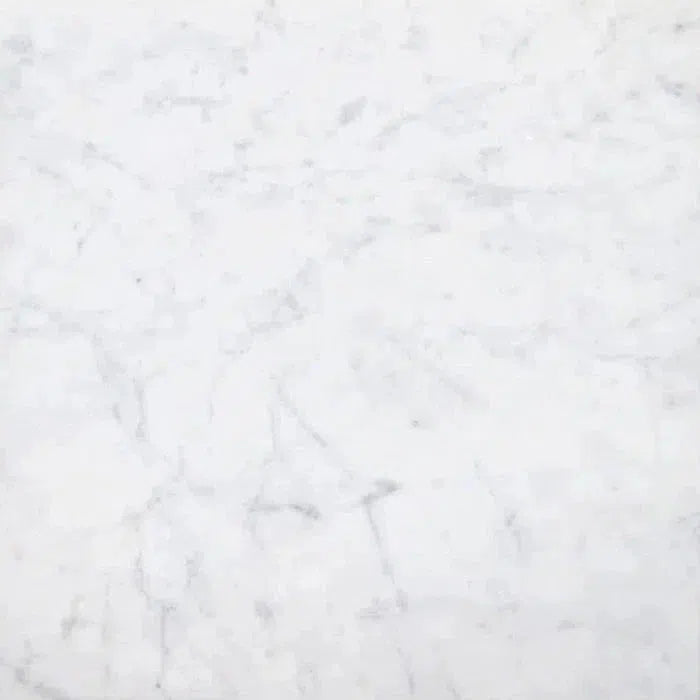 Carrara White
Carrara White 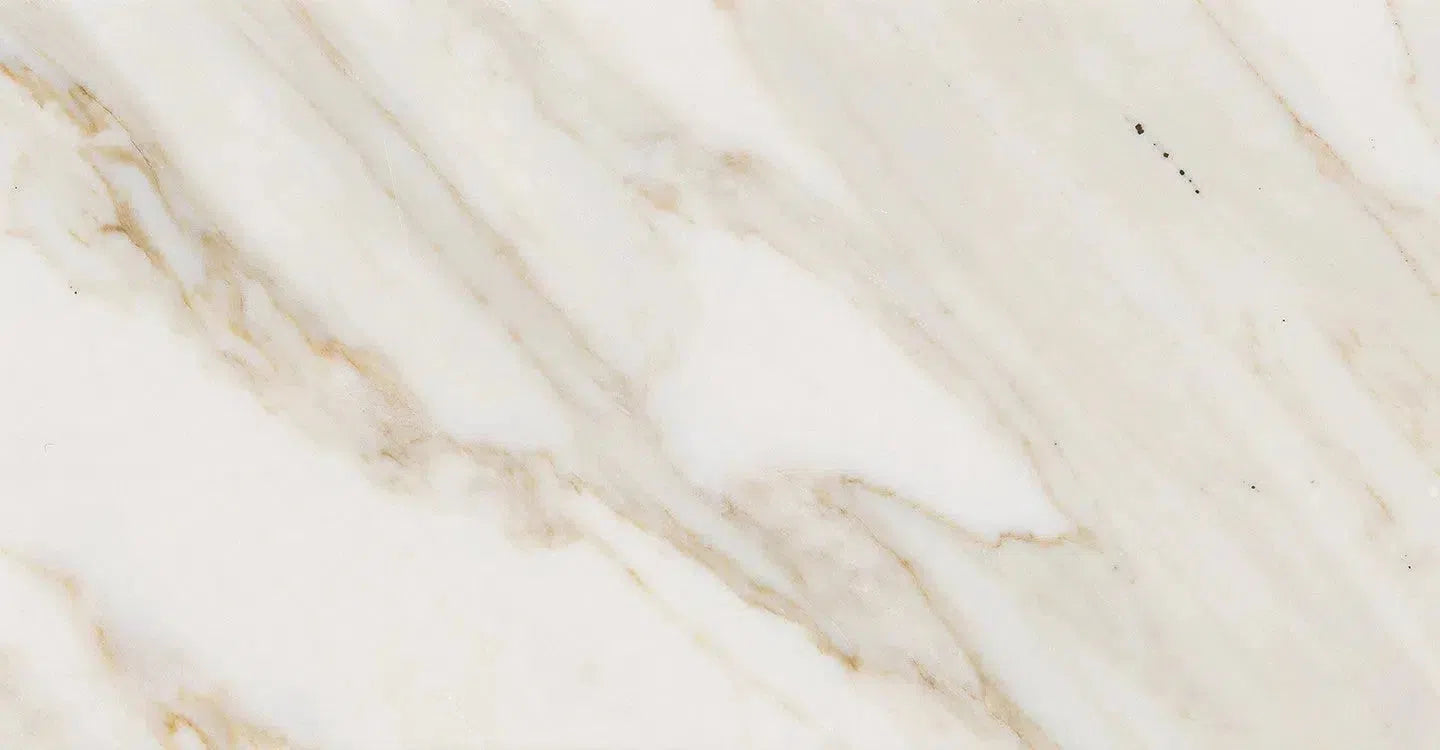 Calacatta Gold
Calacatta Gold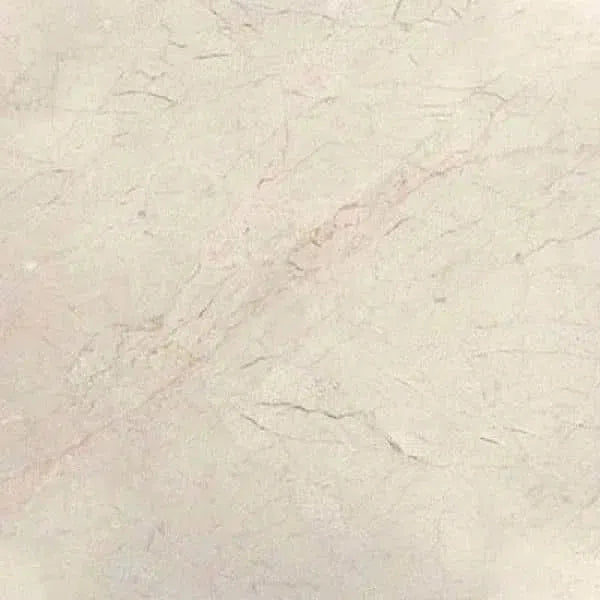 Crema Marfil
Crema Marfil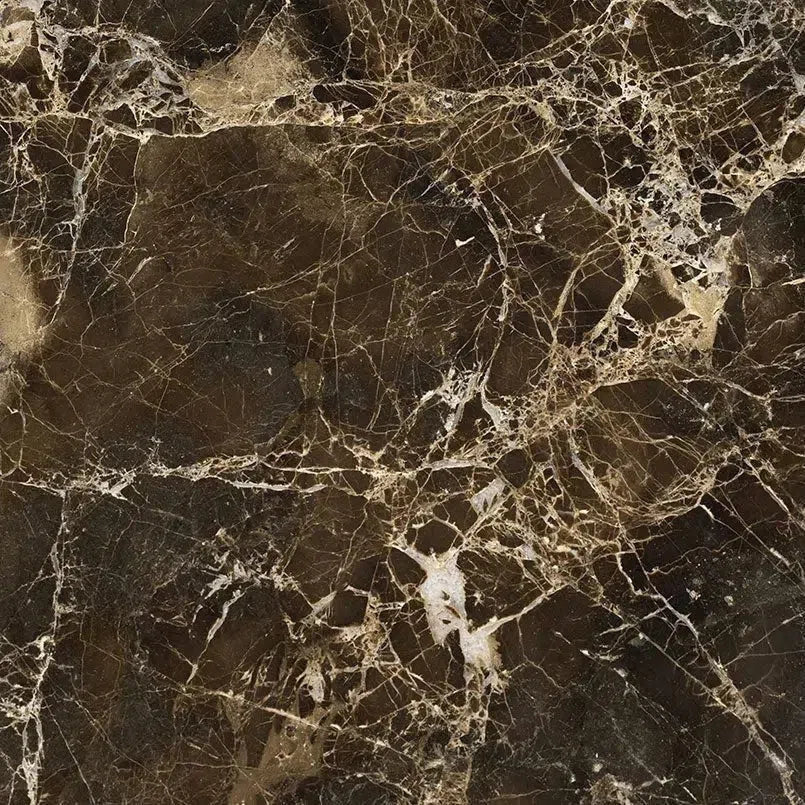 Emperador Dark
Emperador Dark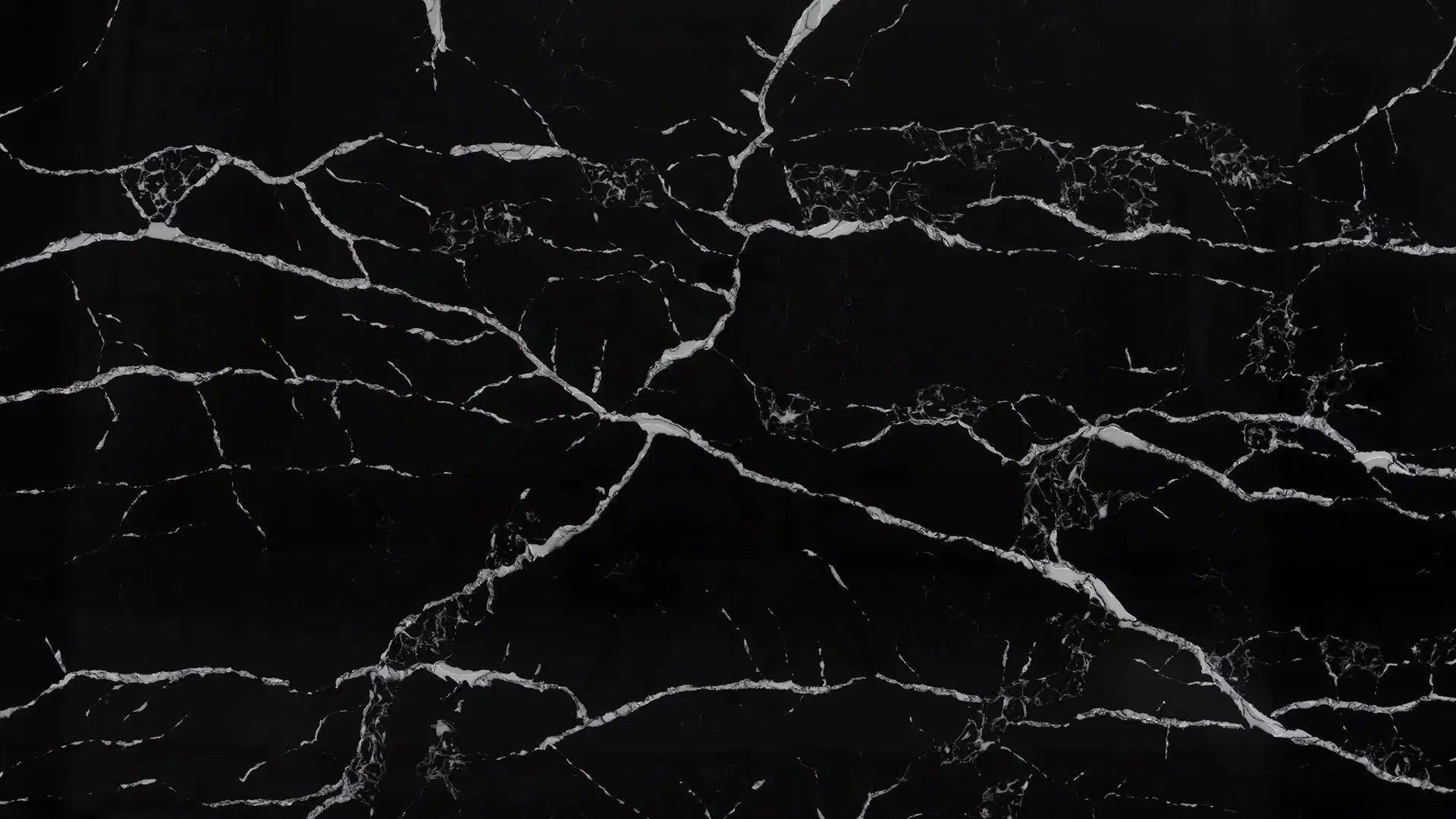 Nero Marquina
Nero Marquina Thassos White
Thassos White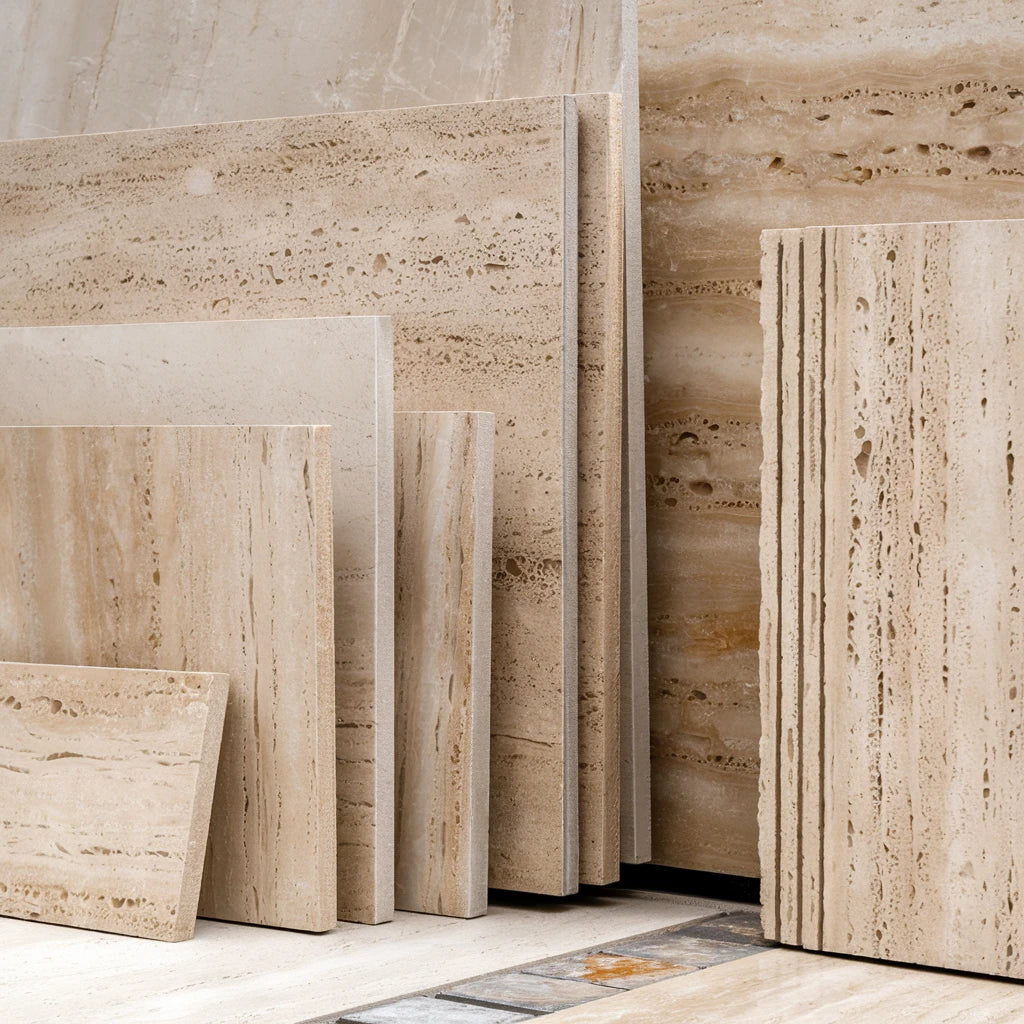 Best Selling Travertine Collections
Best Selling Travertine Collections
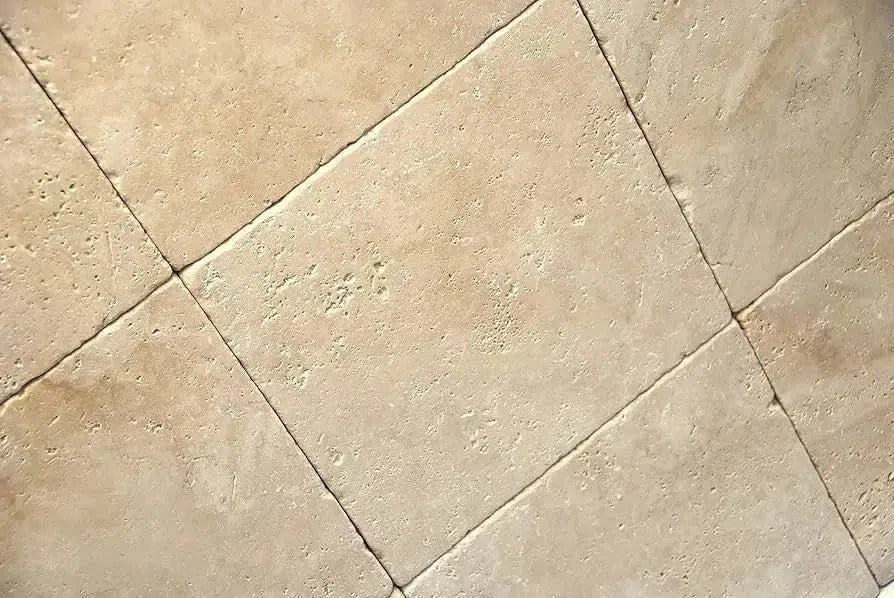 Ivory Travertine
Ivory Travertine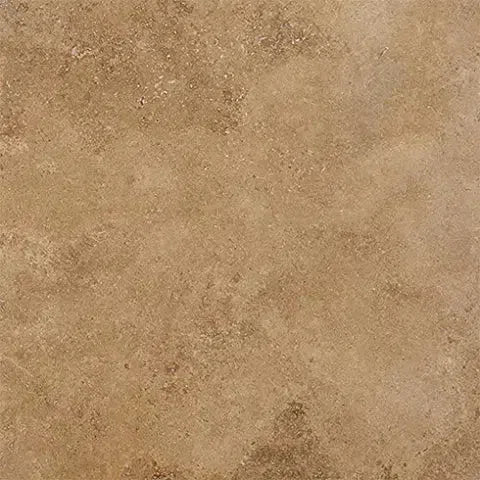 Noce Travertine
Noce Travertine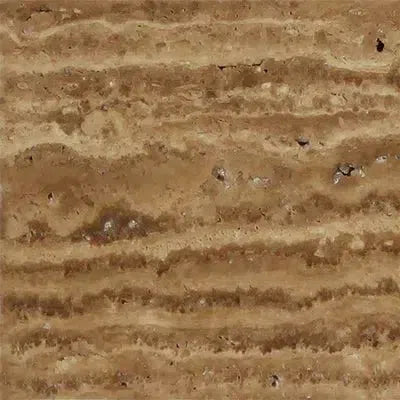 Exotic Noce Travertine
Exotic Noce Travertine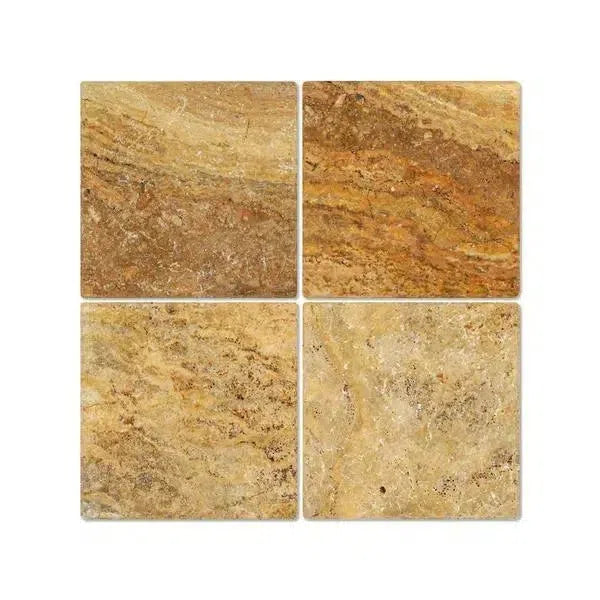 Scabos | Autumn Leaves Travertine
Scabos | Autumn Leaves Travertine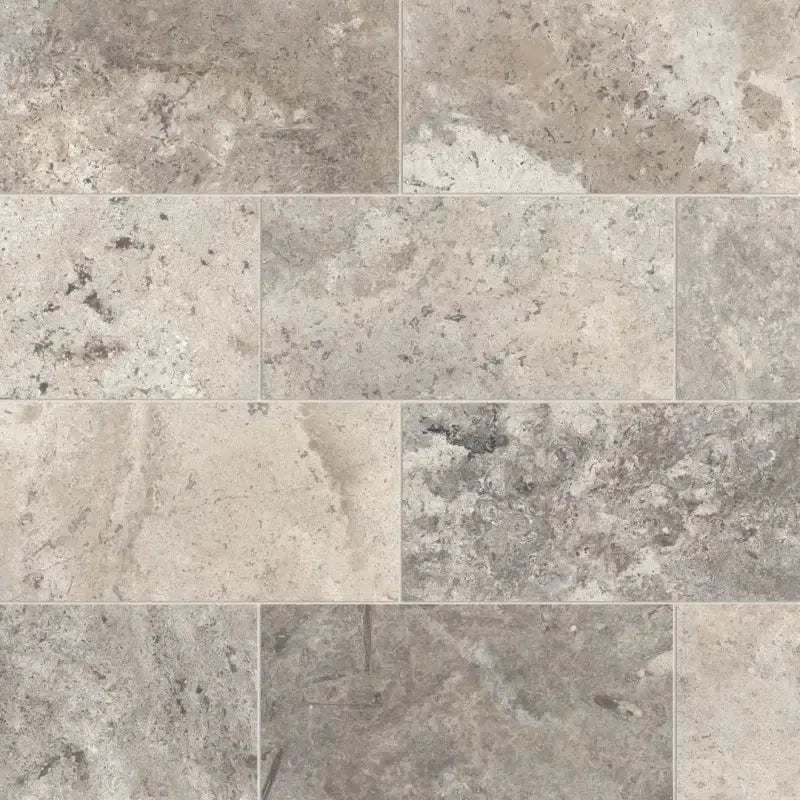 Silver Travertine
Silver Travertine Exotic Travertine
Exotic Travertine Checkerboard
Checkerboard
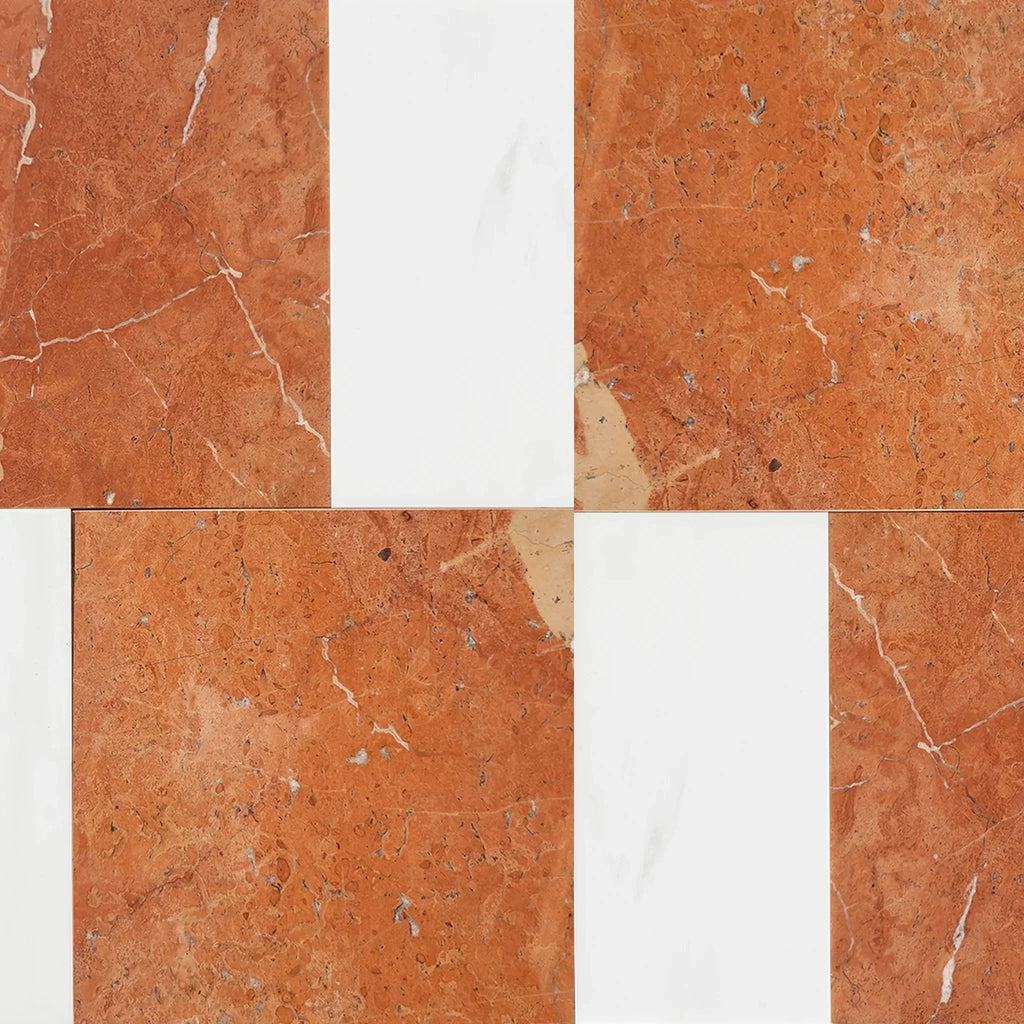 Patterned Tile
Patterned Tile
 Shop By Material
Shop By Material
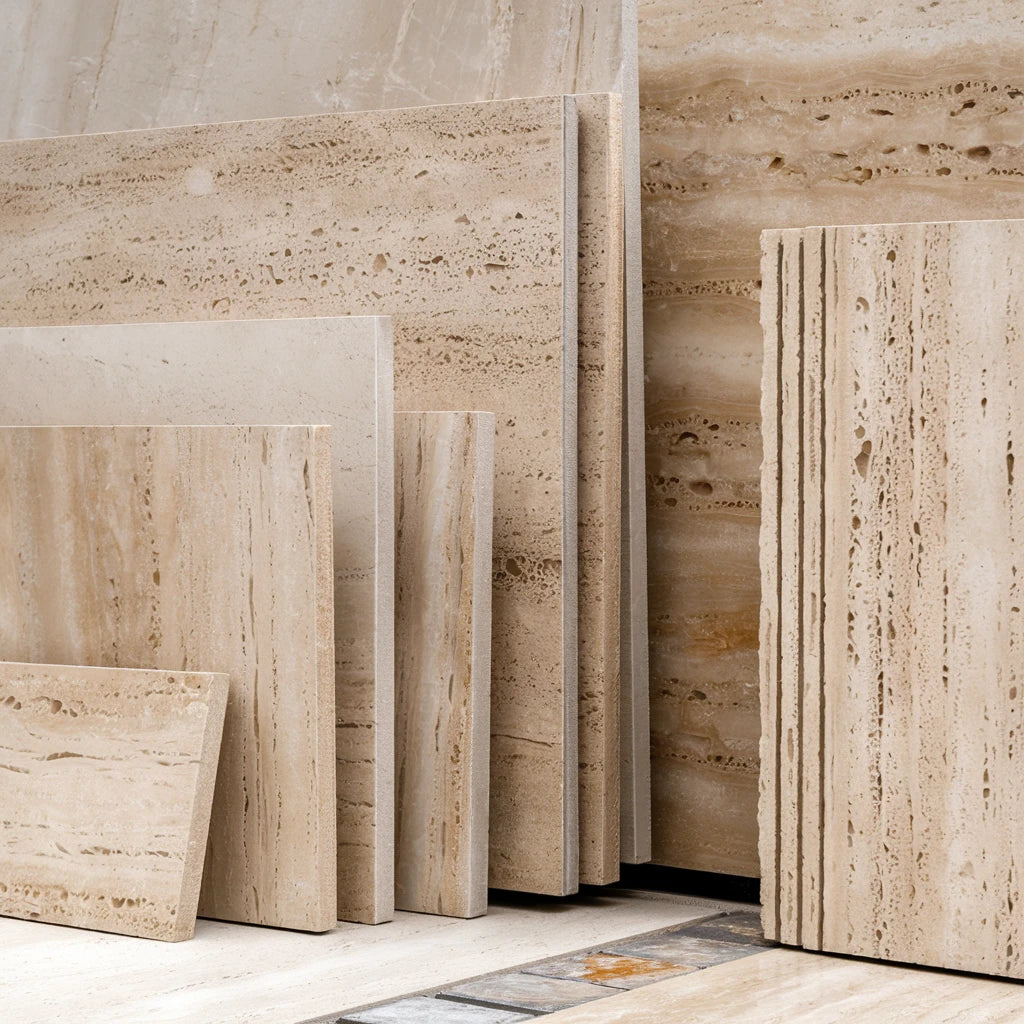 Travertine
Travertine Marble
Marble Limestone
Limestone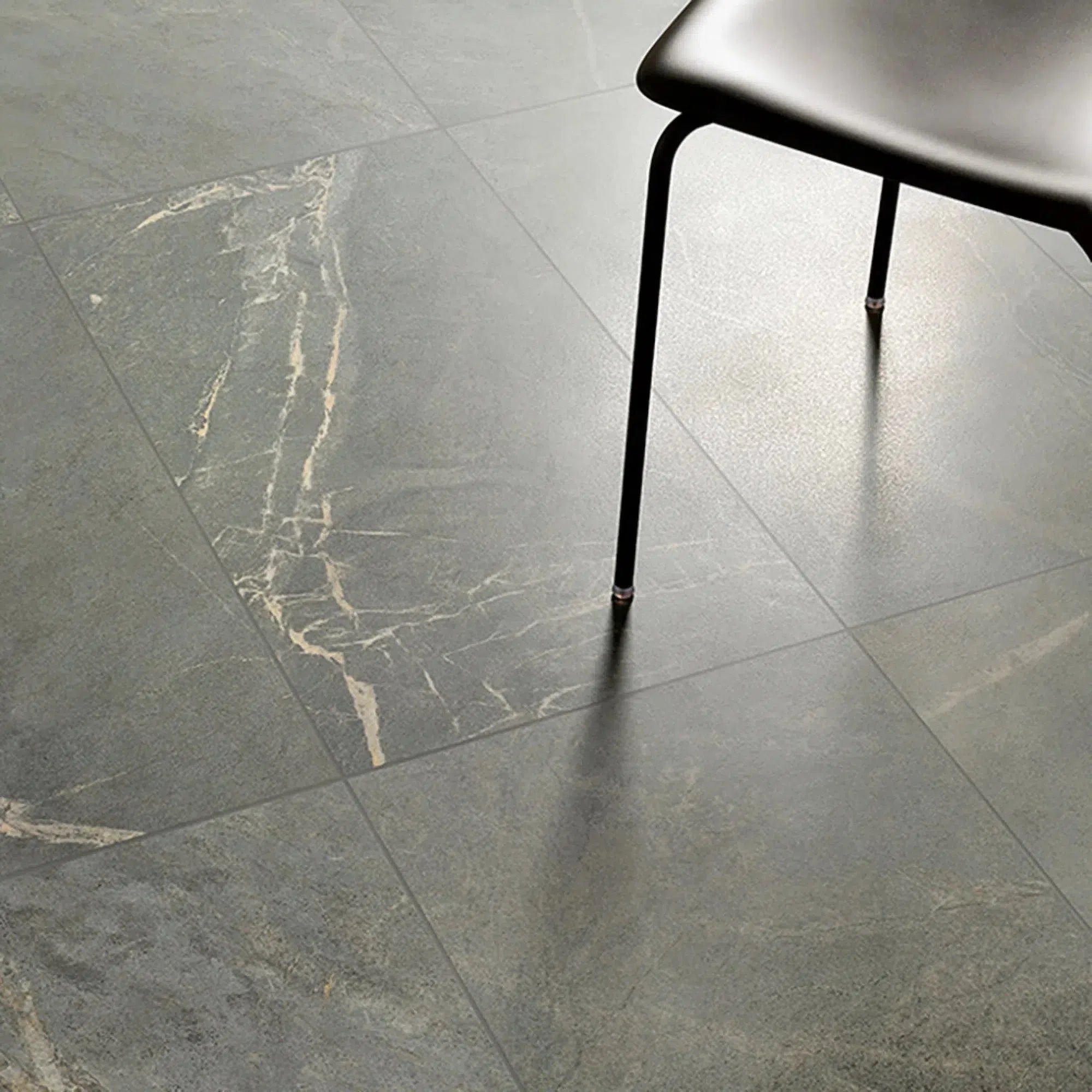 Soap Stone
Soap Stone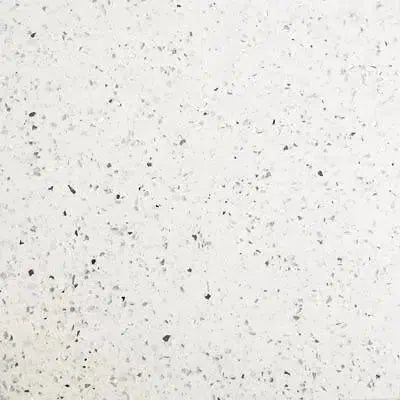 Quartz
Quartz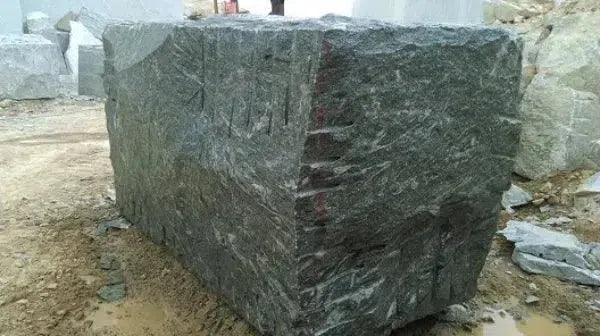 Granite
Granite Shop By Name
Shop By Name
 Absolute Black Granite
Absolute Black Granite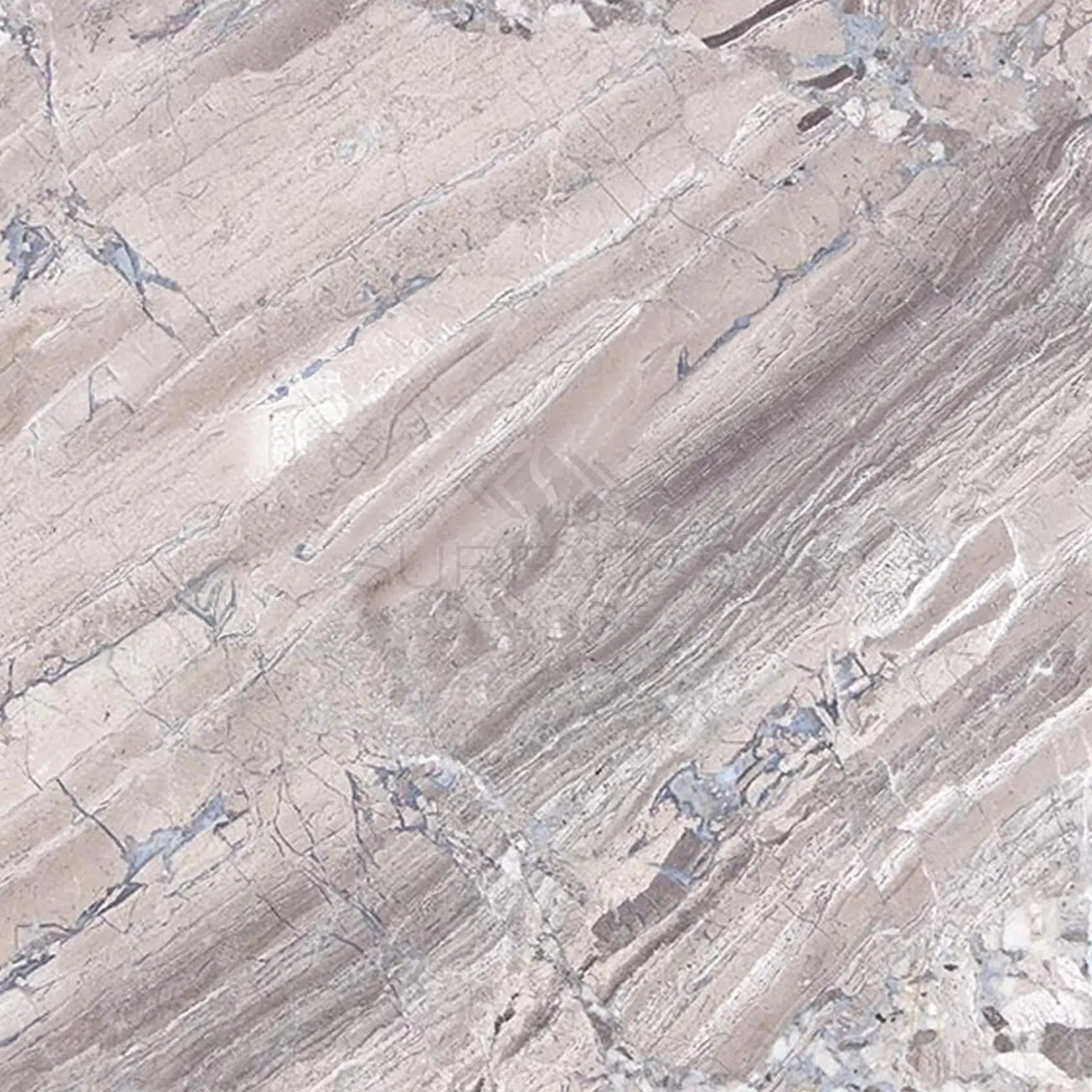 Atlantic Gray Marble
Atlantic Gray Marble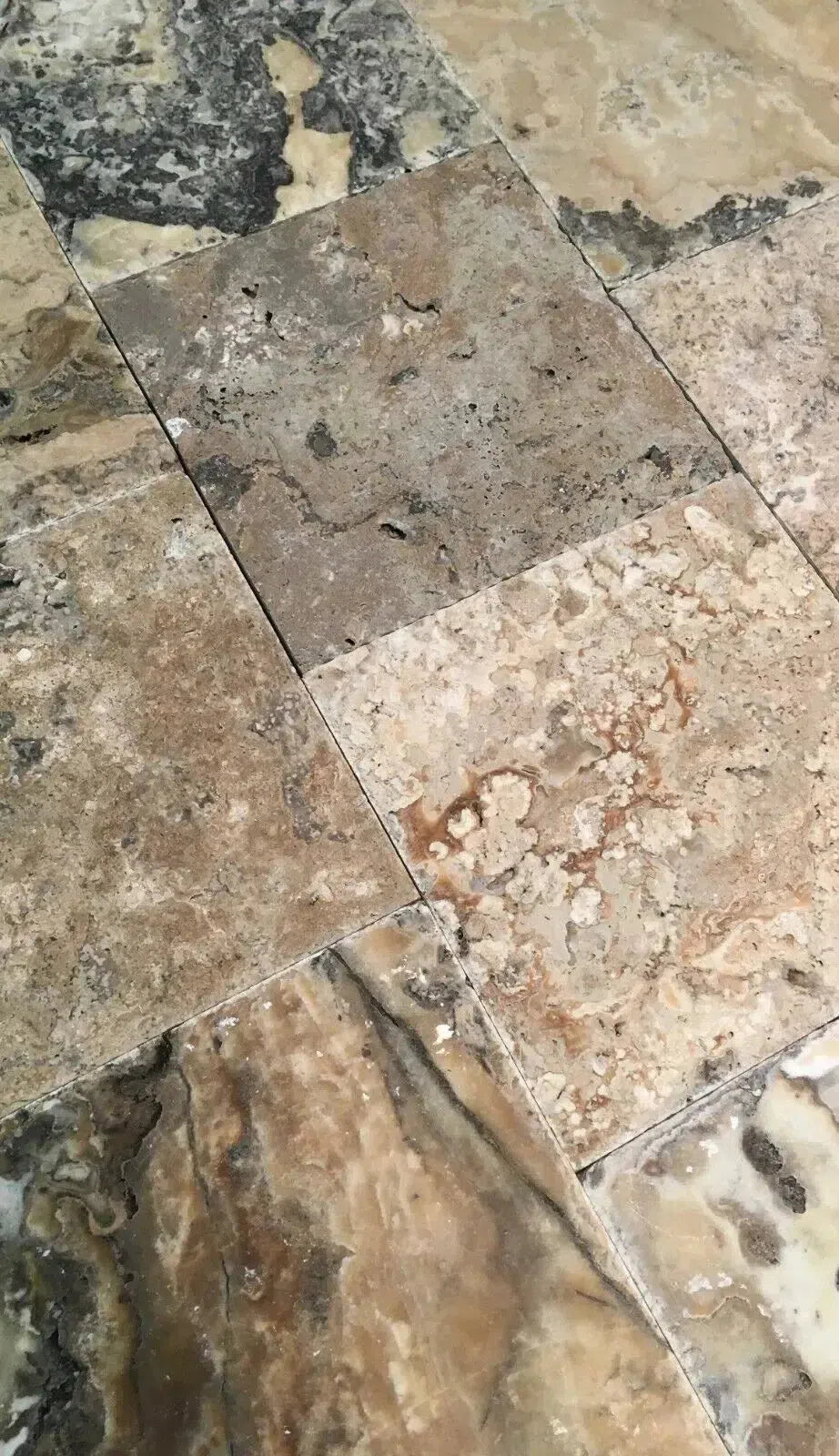 Antico Onyx Travertine
Antico Onyx Travertine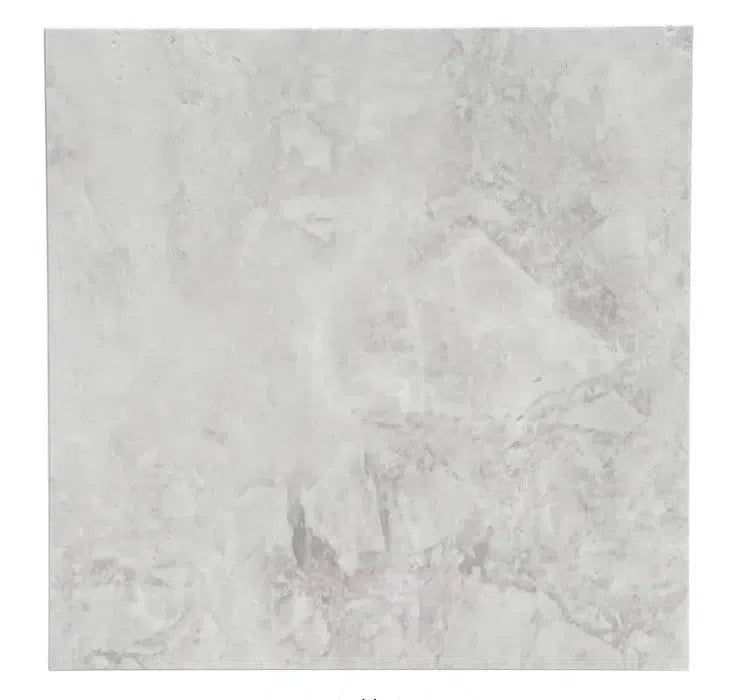 Bianco Congelato Dolomite
Bianco Congelato Dolomite Bianco Venatino (Bianco Mare) Marble
Bianco Venatino (Bianco Mare) Marble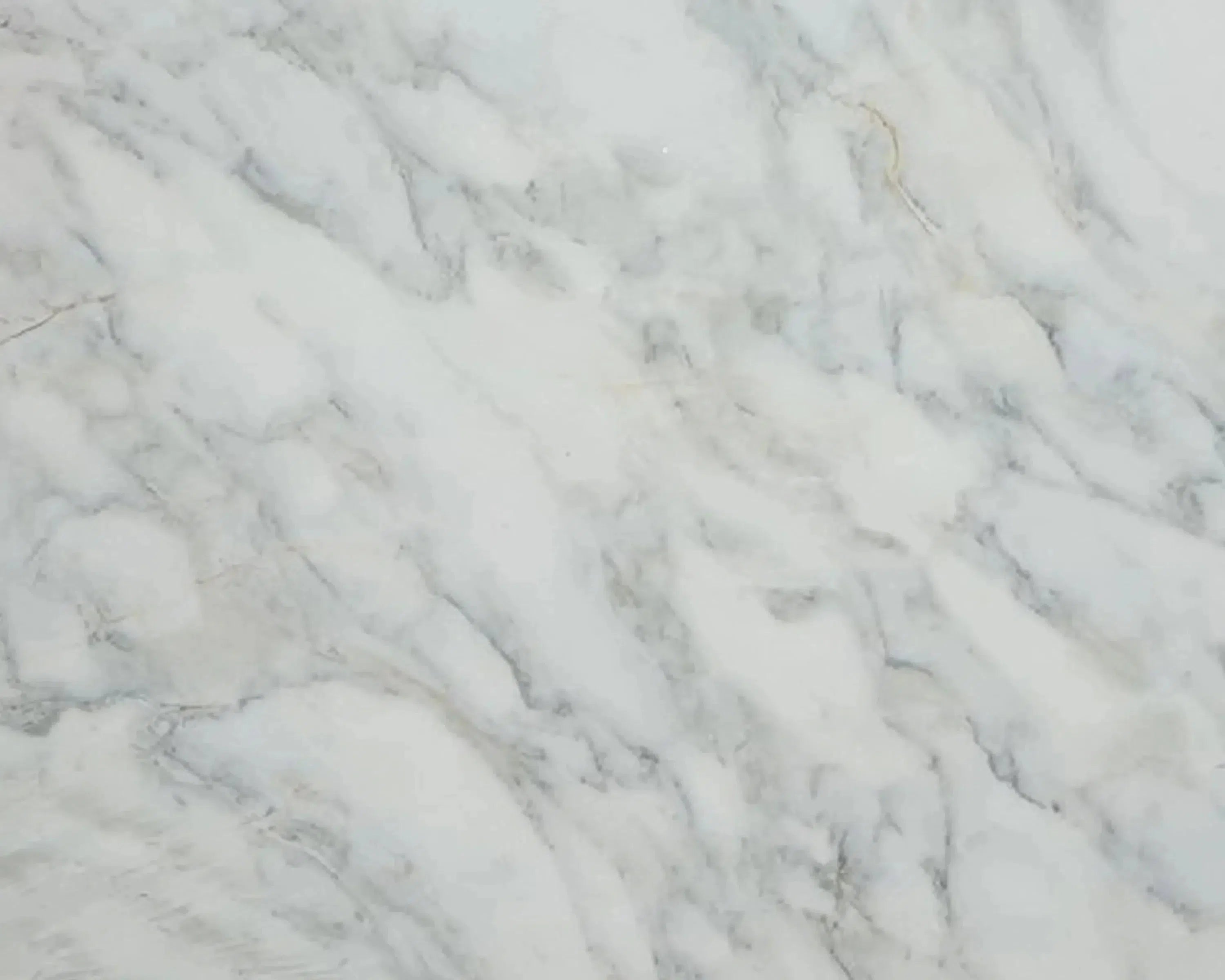 Calacatta Oliva Marble
Calacatta Oliva Marble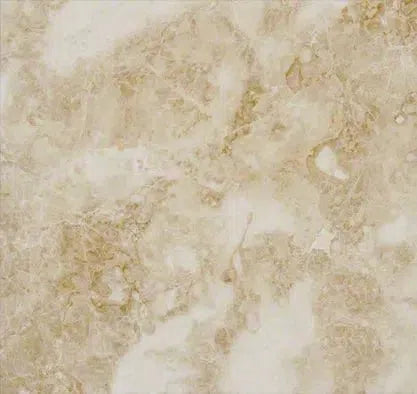 Cappuccino Marble
Cappuccino Marble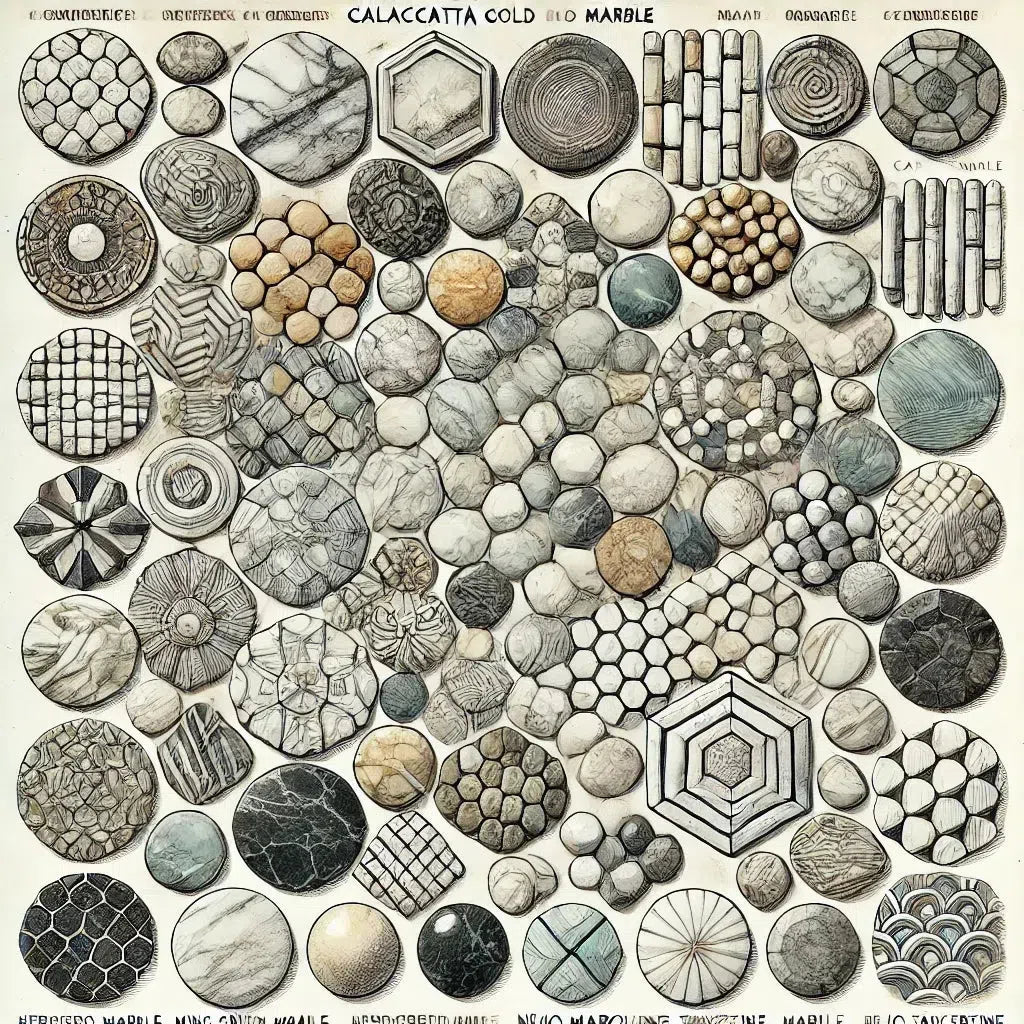 Custom-Made Mosaic
Custom-Made Mosaic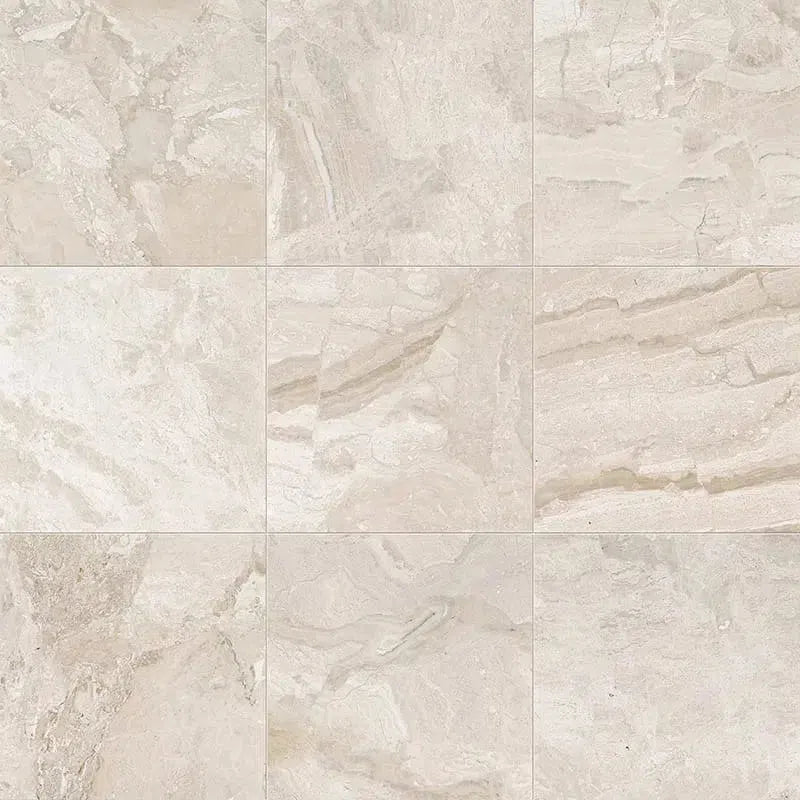 Diano Royal (Queen Beige) Marble
Diano Royal (Queen Beige) Marble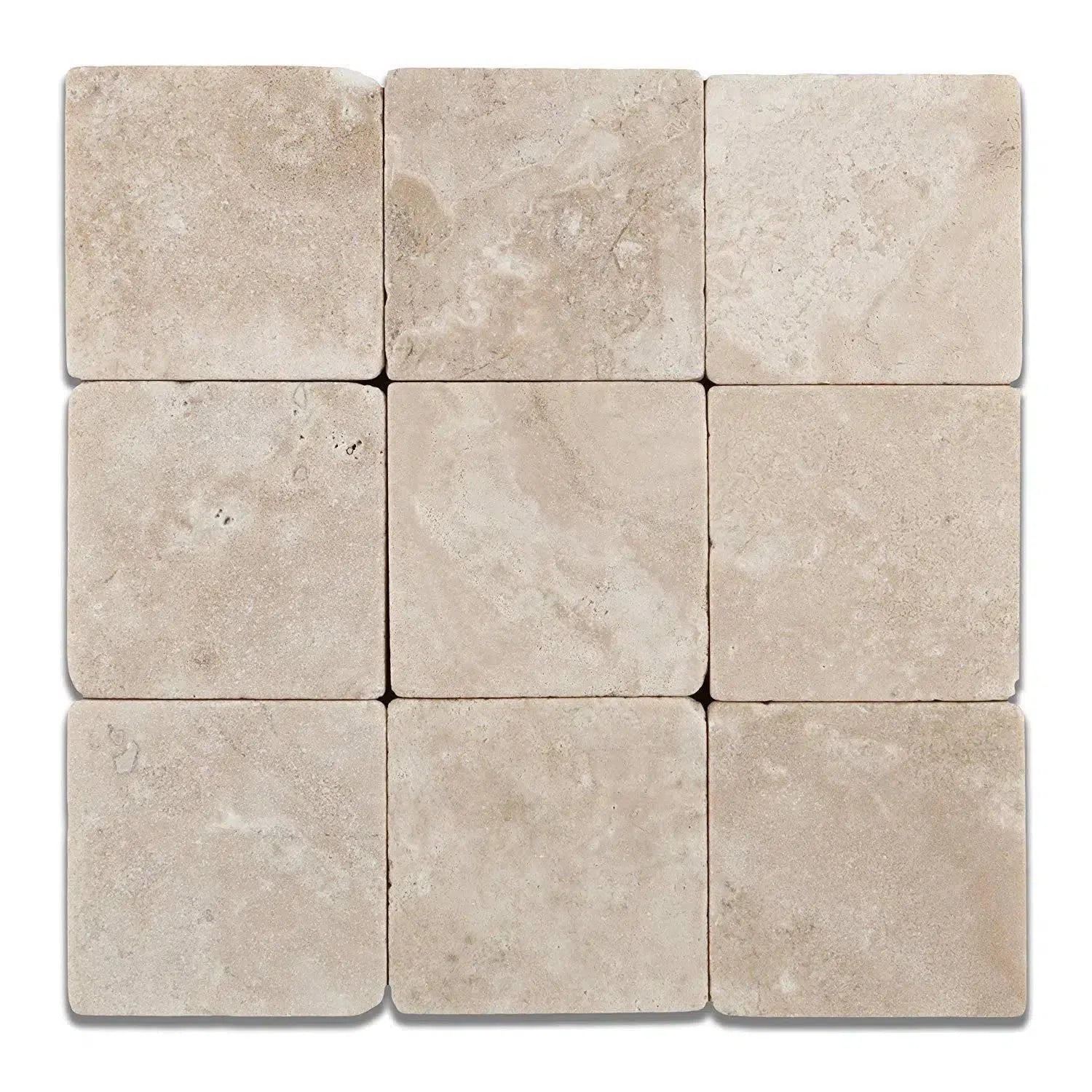 Durango Cream Traverine
Durango Cream Traverine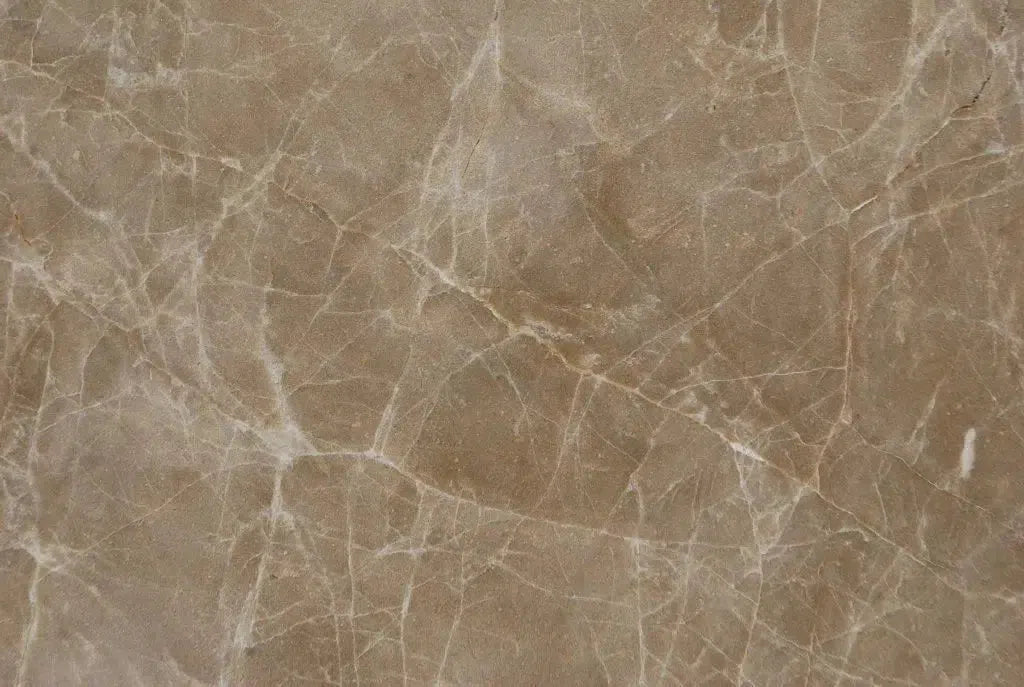 Emperador Light Marble
Emperador Light Marble Empress Green Marble
Empress Green Marble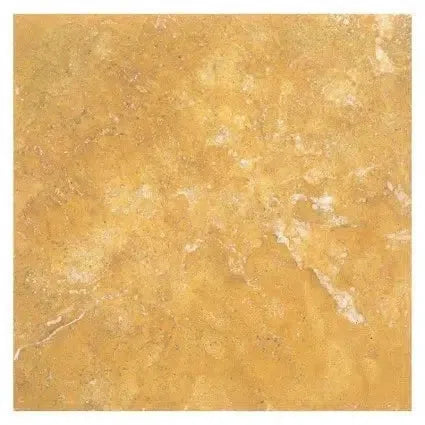 Gold/Yellow Travertine
Gold/Yellow Travertine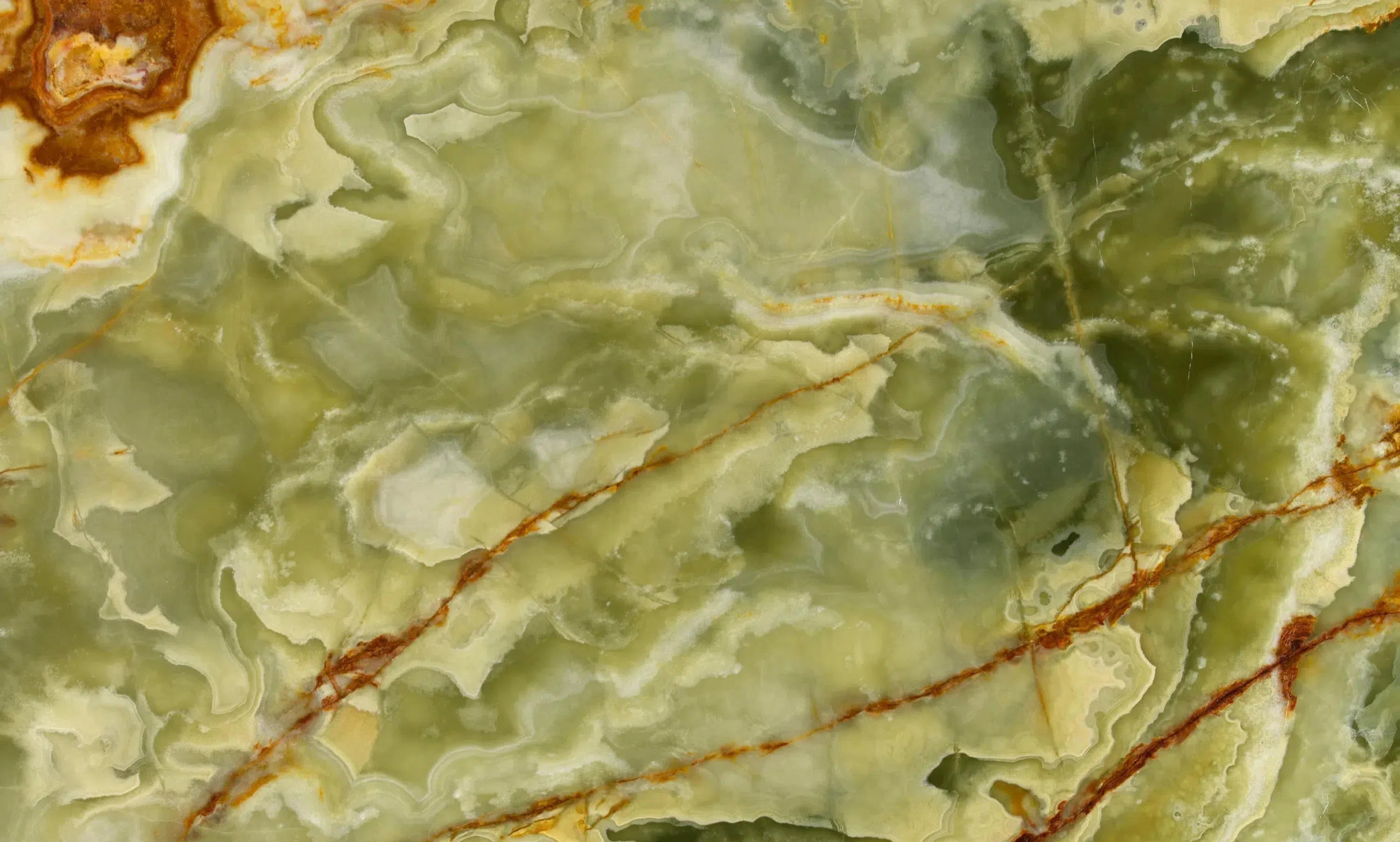 Green Onyx Marble
Green Onyx Marble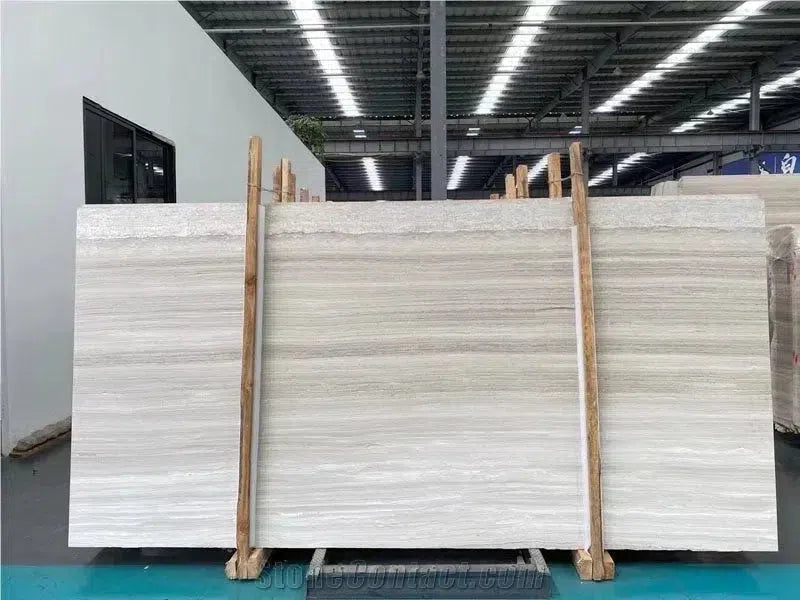 Haisa Light (White Wood) Limestone
Haisa Light (White Wood) Limestone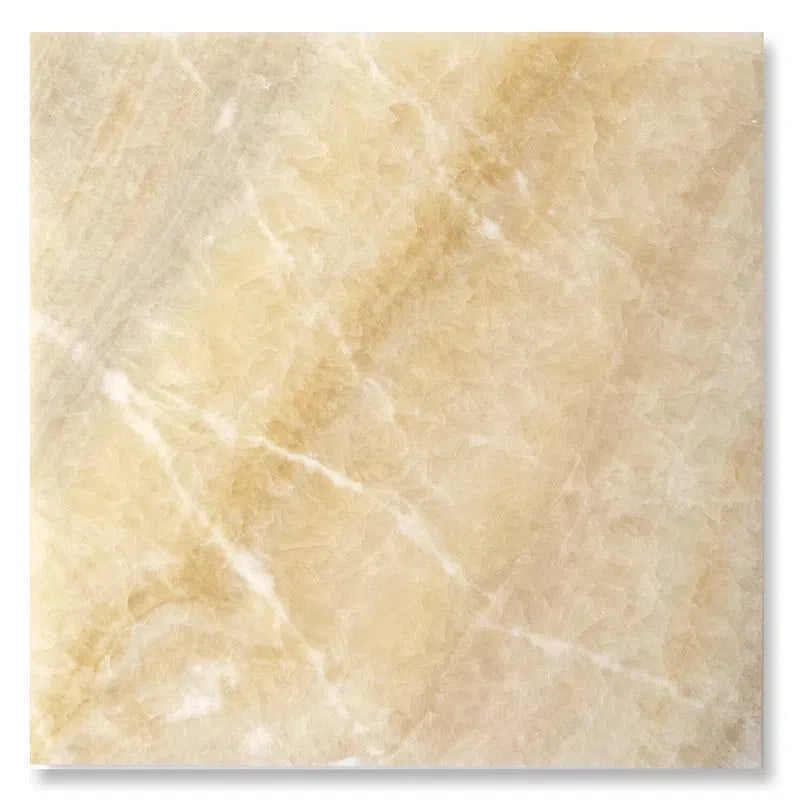 Honey Onyx Marble
Honey Onyx Marble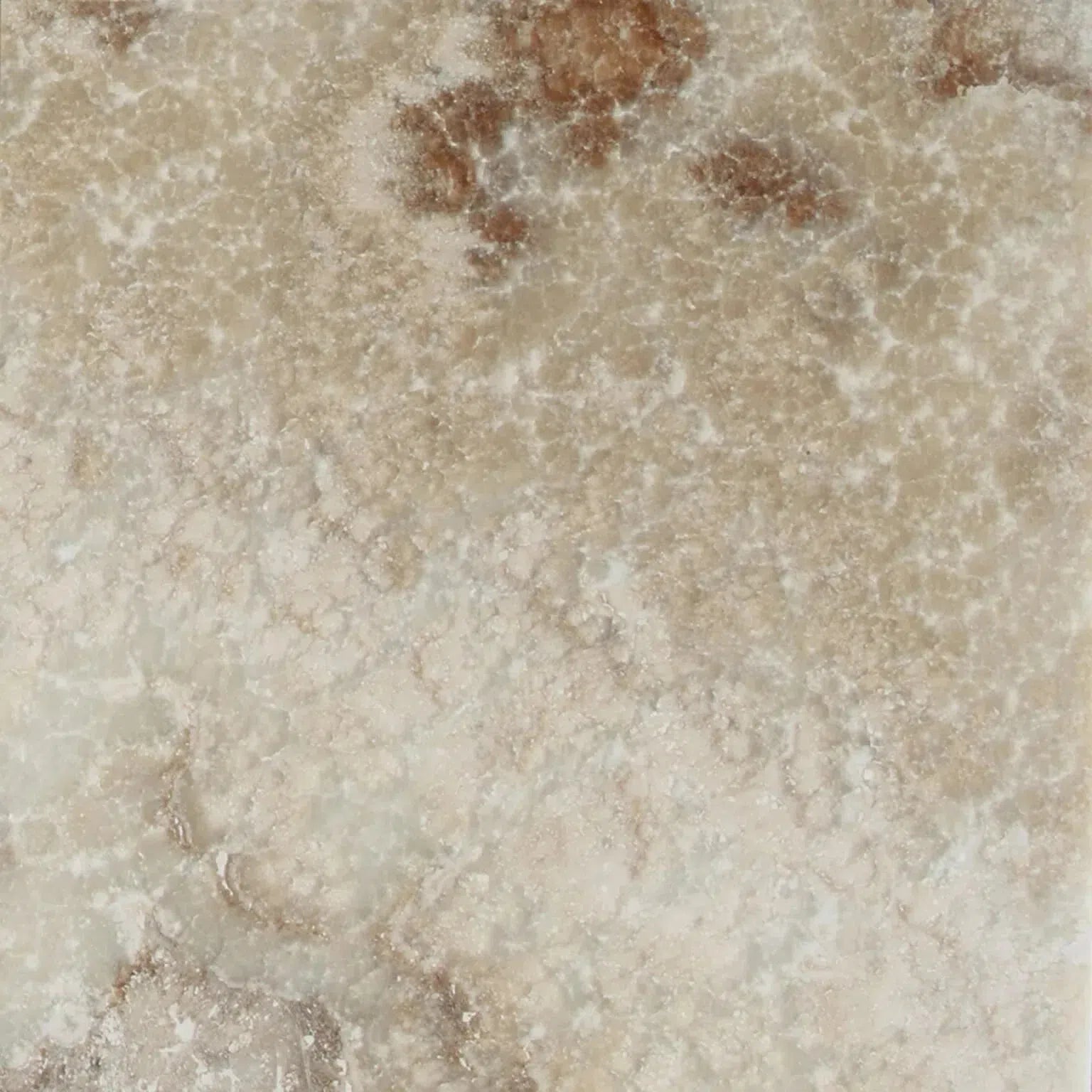 La Travonya Travertine
La Travonya Travertine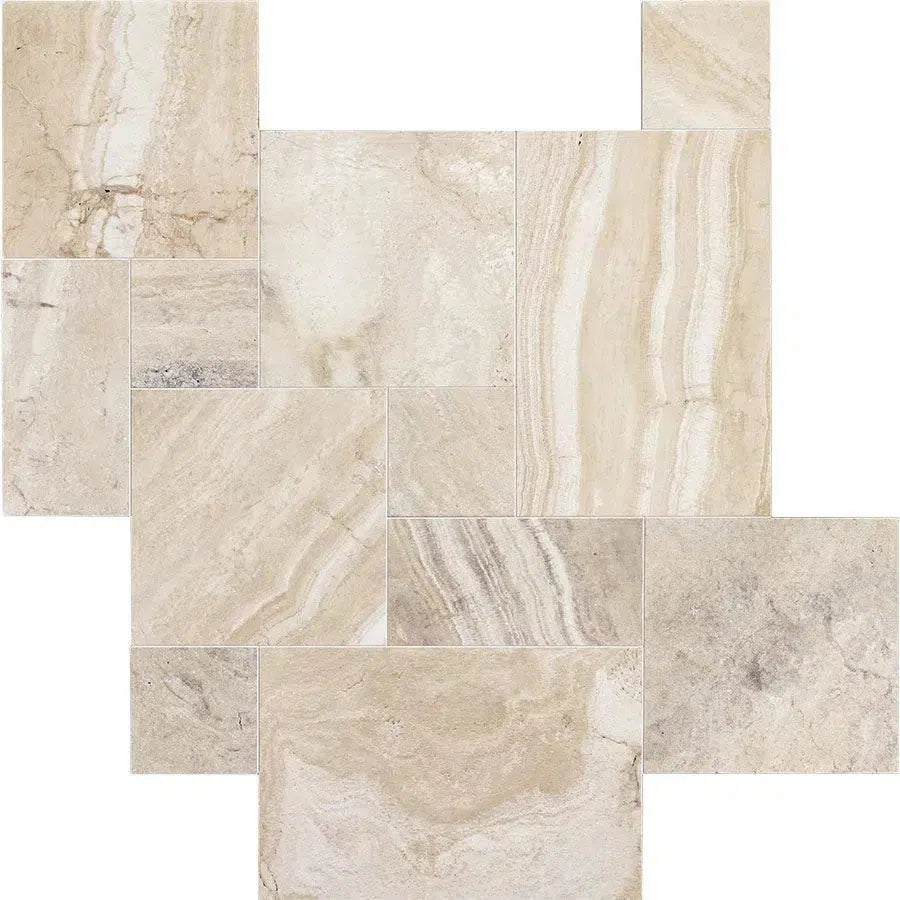 Malibu Travertine
Malibu Travertine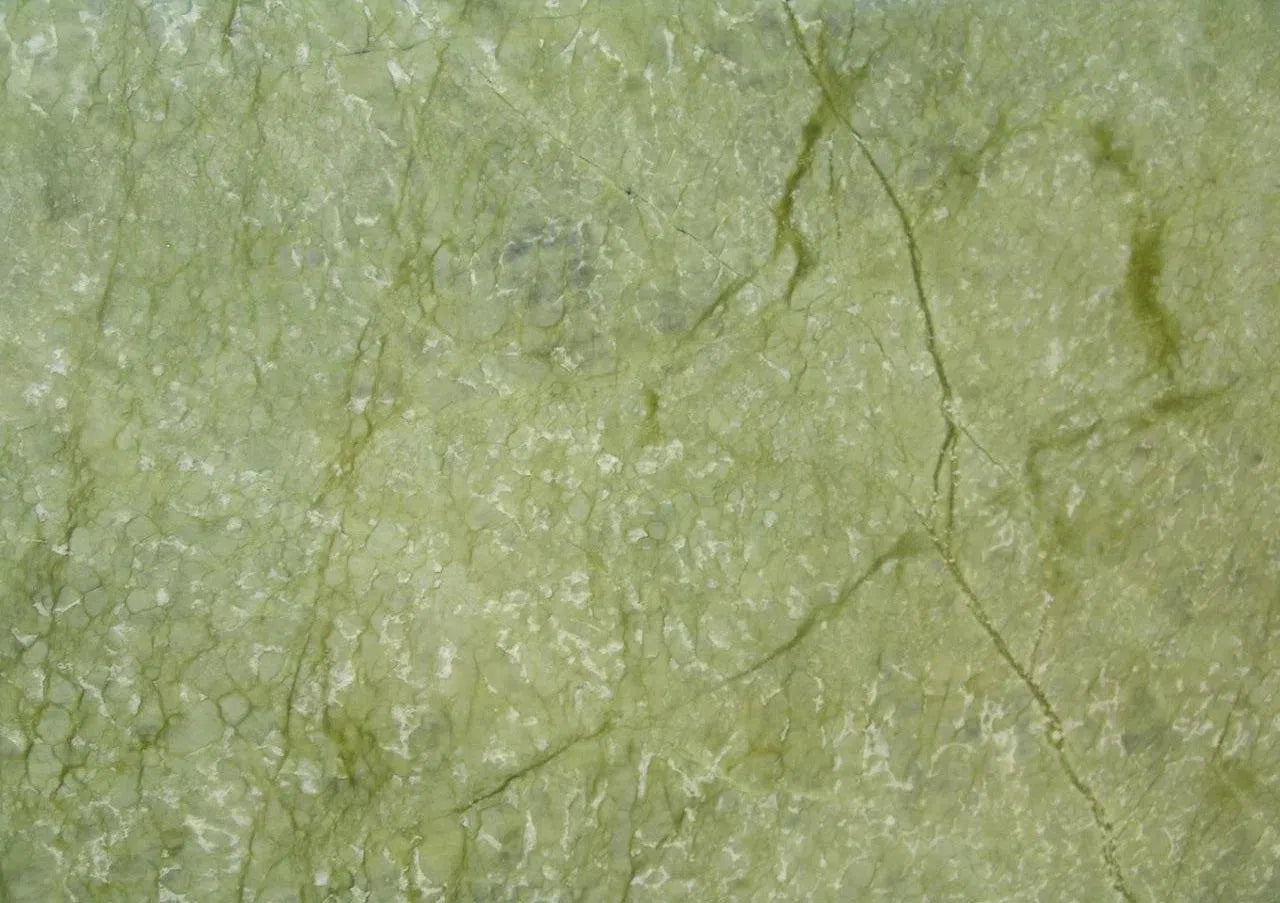 Ming Green Marble
Ming Green Marble Mink (Equator) Marble
Mink (Equator) Marble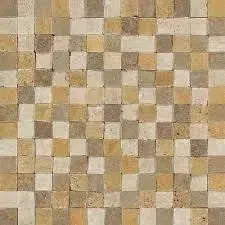 Mixed (Ivory-Noce-Gold) Travertine
Mixed (Ivory-Noce-Gold) Travertine Oriental White Marble
Oriental White Marble Pierre Bleue (Pierre Blue) Marble
Pierre Bleue (Pierre Blue) Marble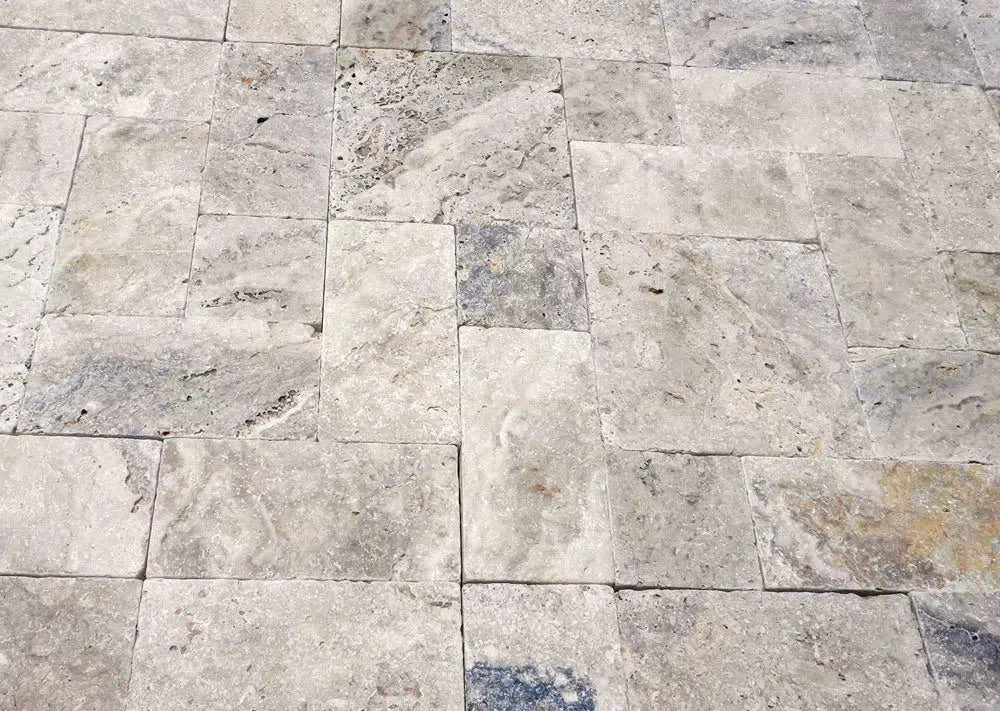 Philadelphia Travertine
Philadelphia Travertine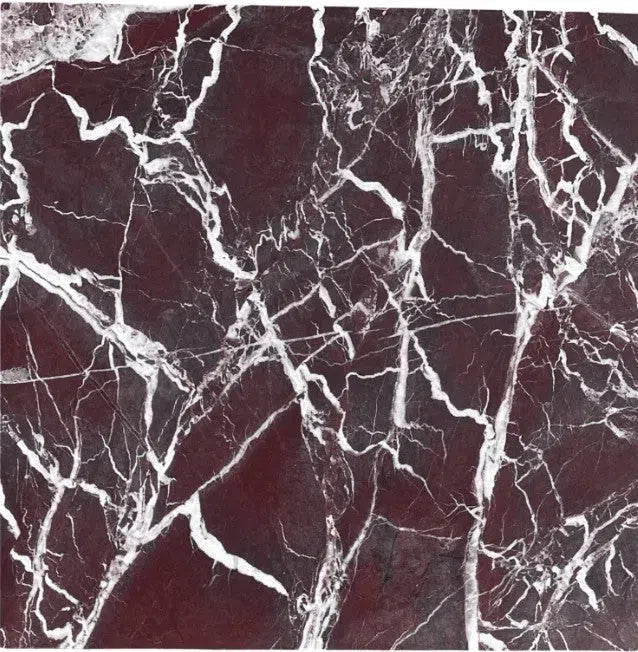 Rosso Levanto Marble
Rosso Levanto Marble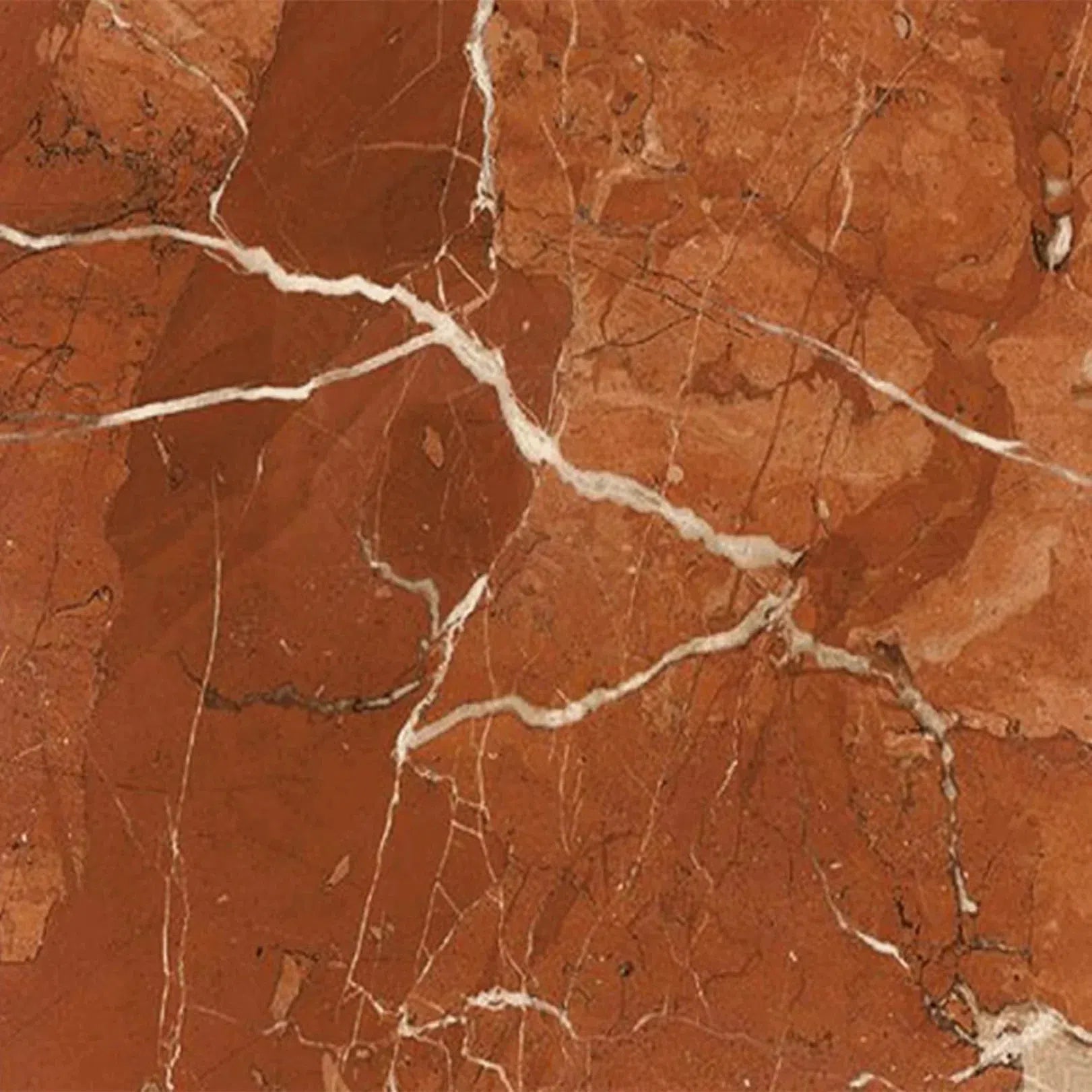 Rojo Alicante Marble
Rojo Alicante Marble Sky Blue | Azul Cielo Marble
Sky Blue | Azul Cielo Marble Snow White (Afyon White) Marble
Snow White (Afyon White) Marble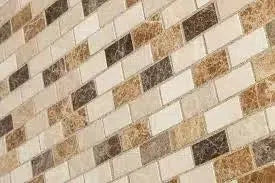 Spanish Mix Marble
Spanish Mix Marble Statuary - Statuario White (Italian) Marble
Statuary - Statuario White (Italian) Marble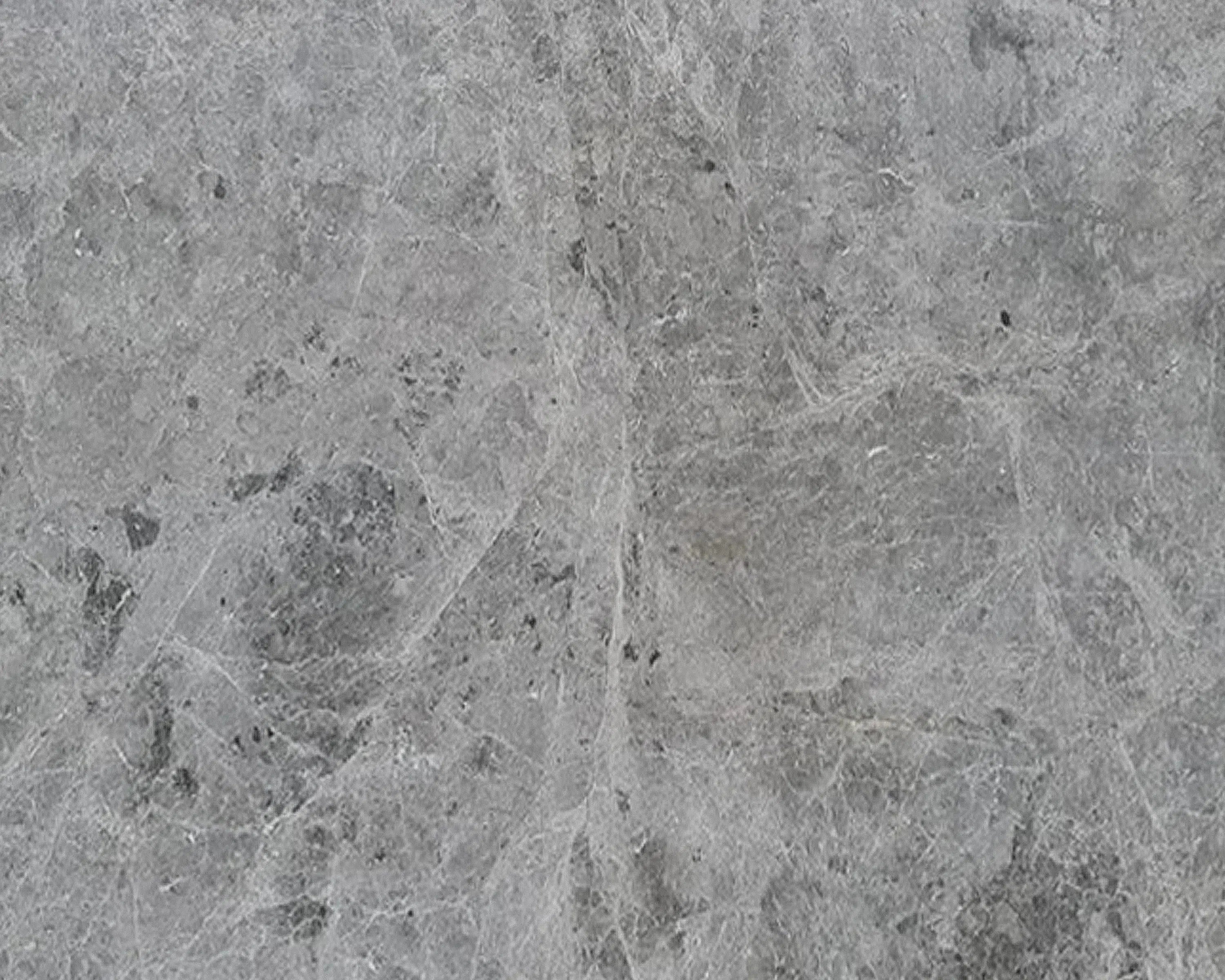 Tundra Gray (Atlantic Gray) Marble
Tundra Gray (Atlantic Gray) Marble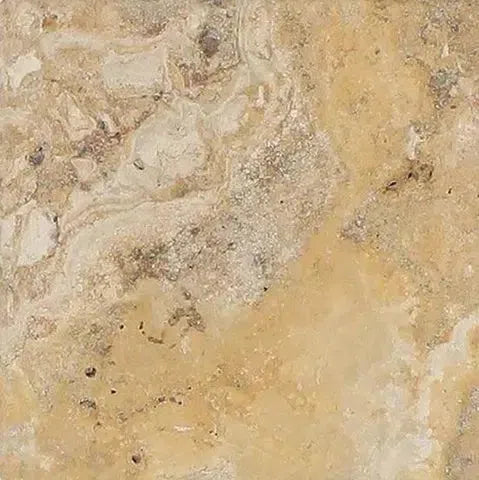 Valencia Travertine
Valencia Travertine Valerenga Travertine
Valerenga Travertine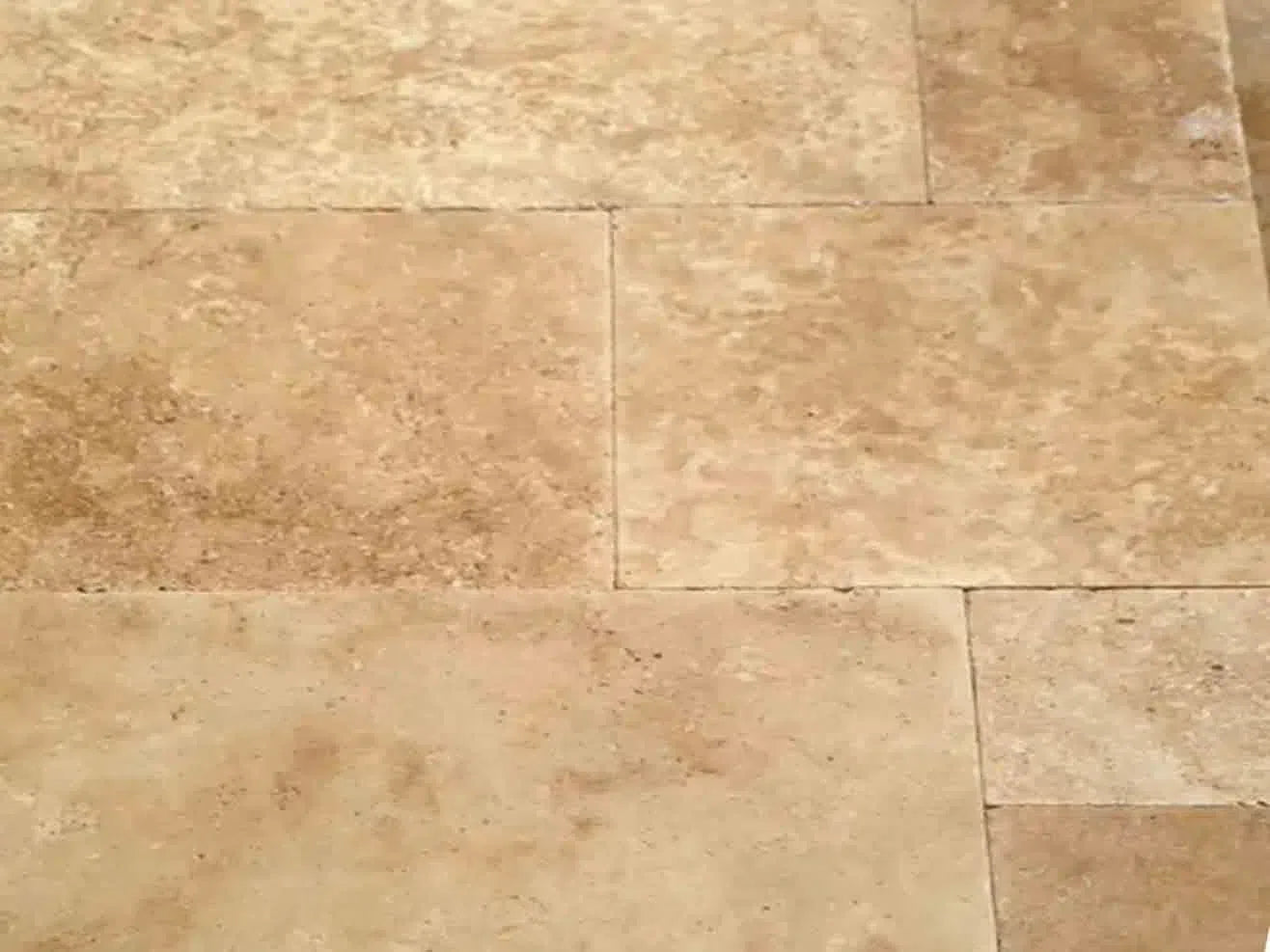 Walnut Travertine
Walnut Travertine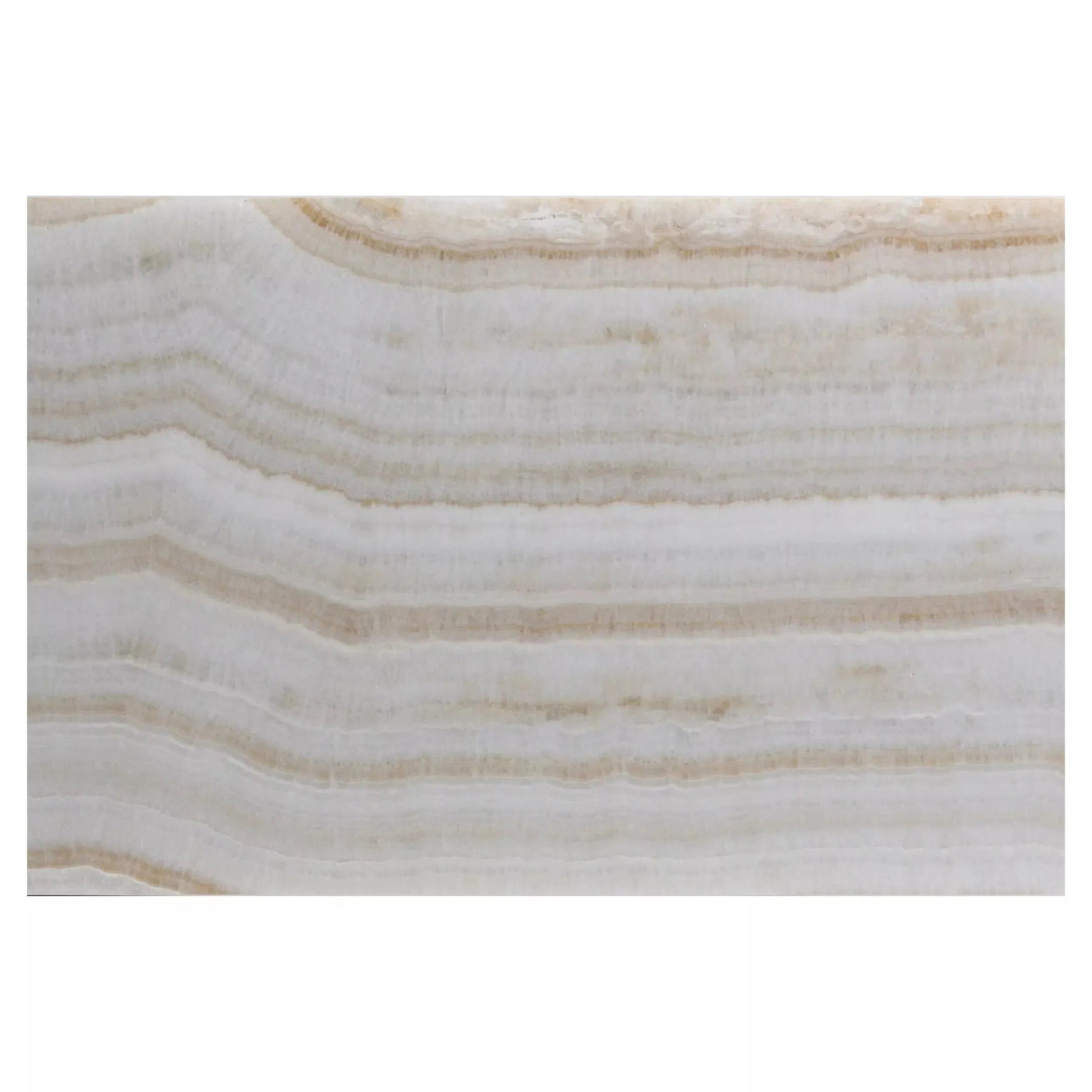 White Onyx Marble
White Onyx Marble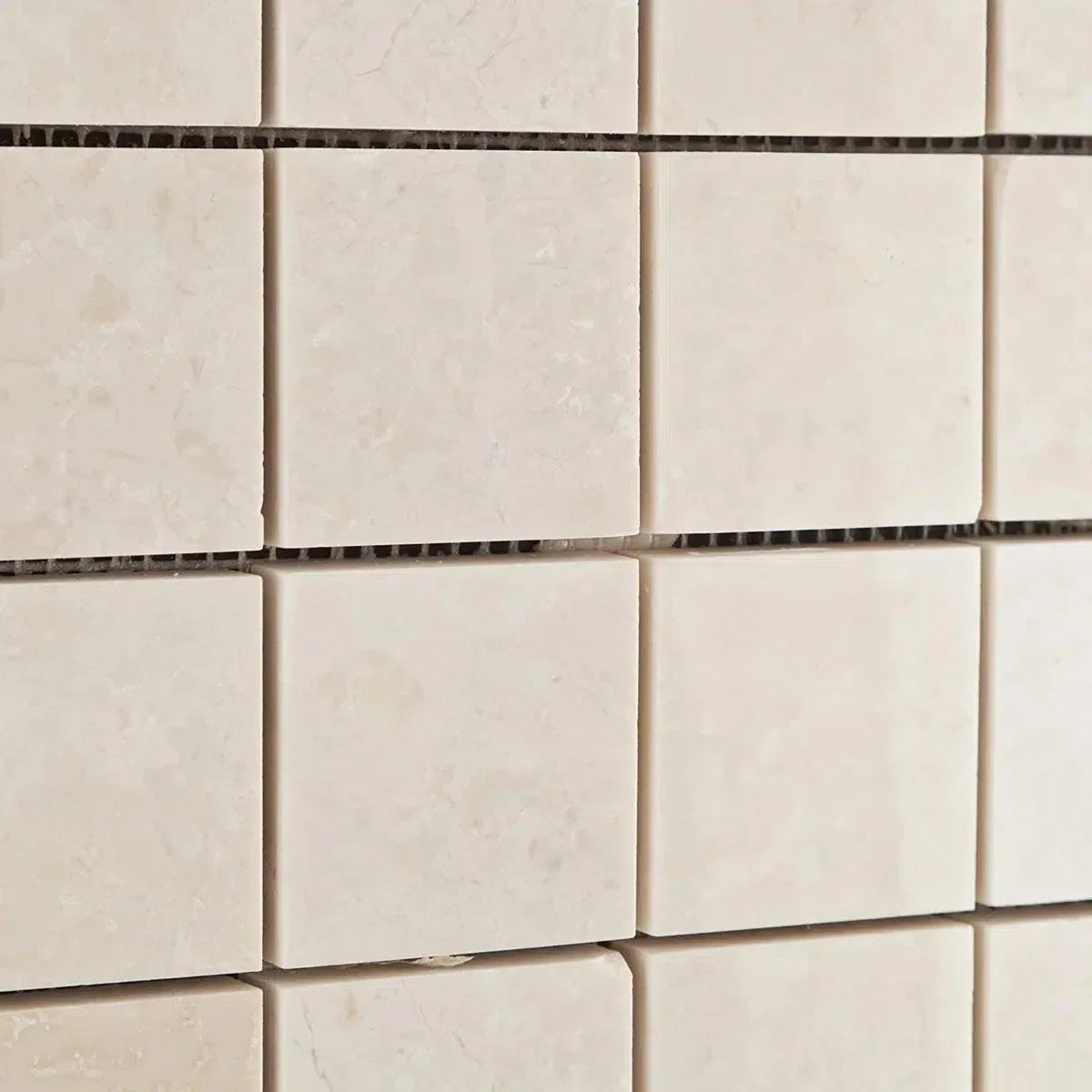 White Pearl/Botticino Beiege Marble
White Pearl/Botticino Beiege Marble Shop By Type
Shop By Type
 Marble Tiles
Marble Tiles Marble Mosaic
Marble Mosaic Travertine Tiles
Travertine Tiles Travertine Mosaic
Travertine Mosaic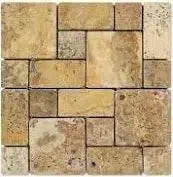 4 pcs Versailles Pattern / French Pattern Set
4 pcs Versailles Pattern / French Pattern Set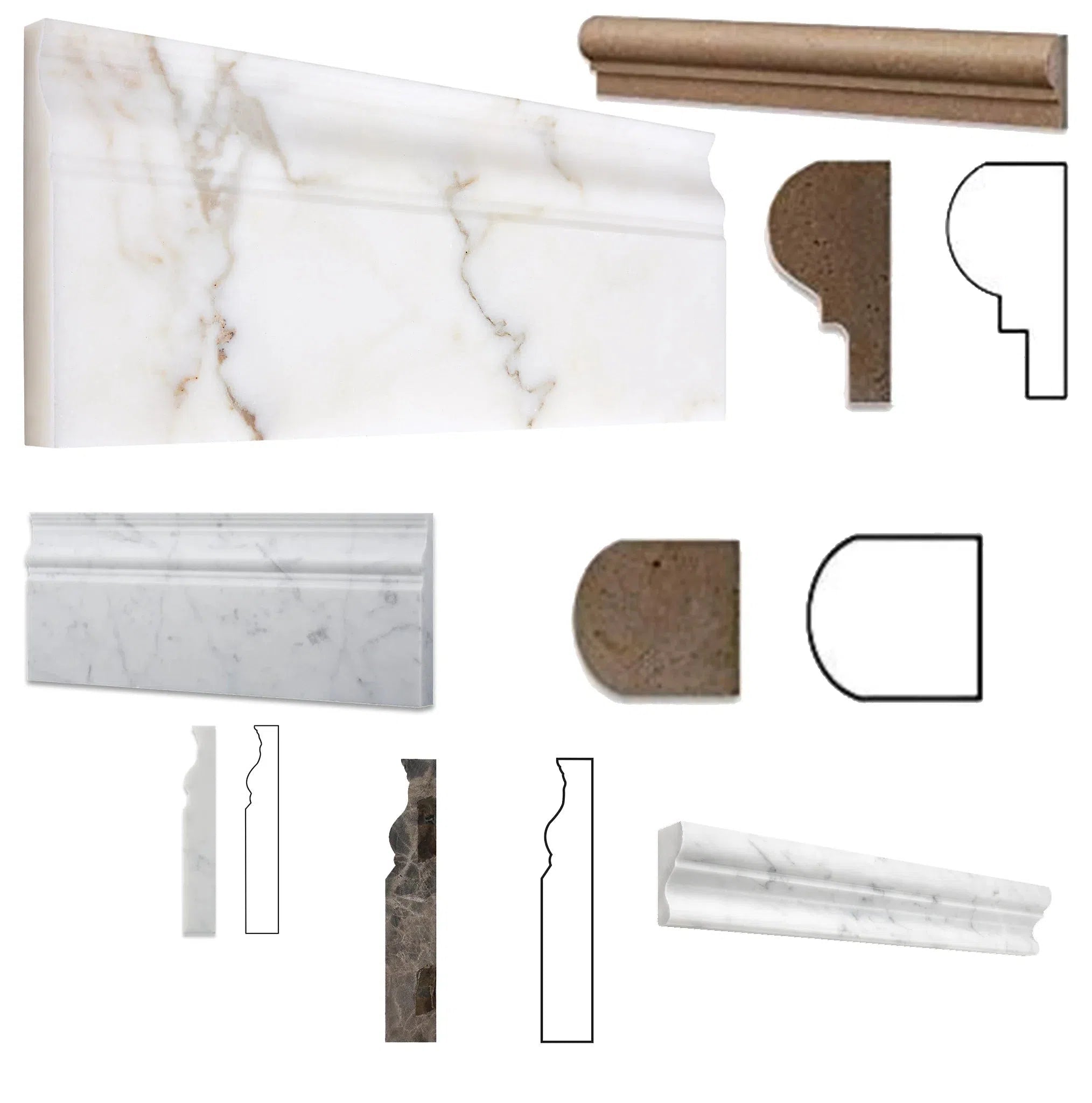 Molding/Trim
Molding/Trim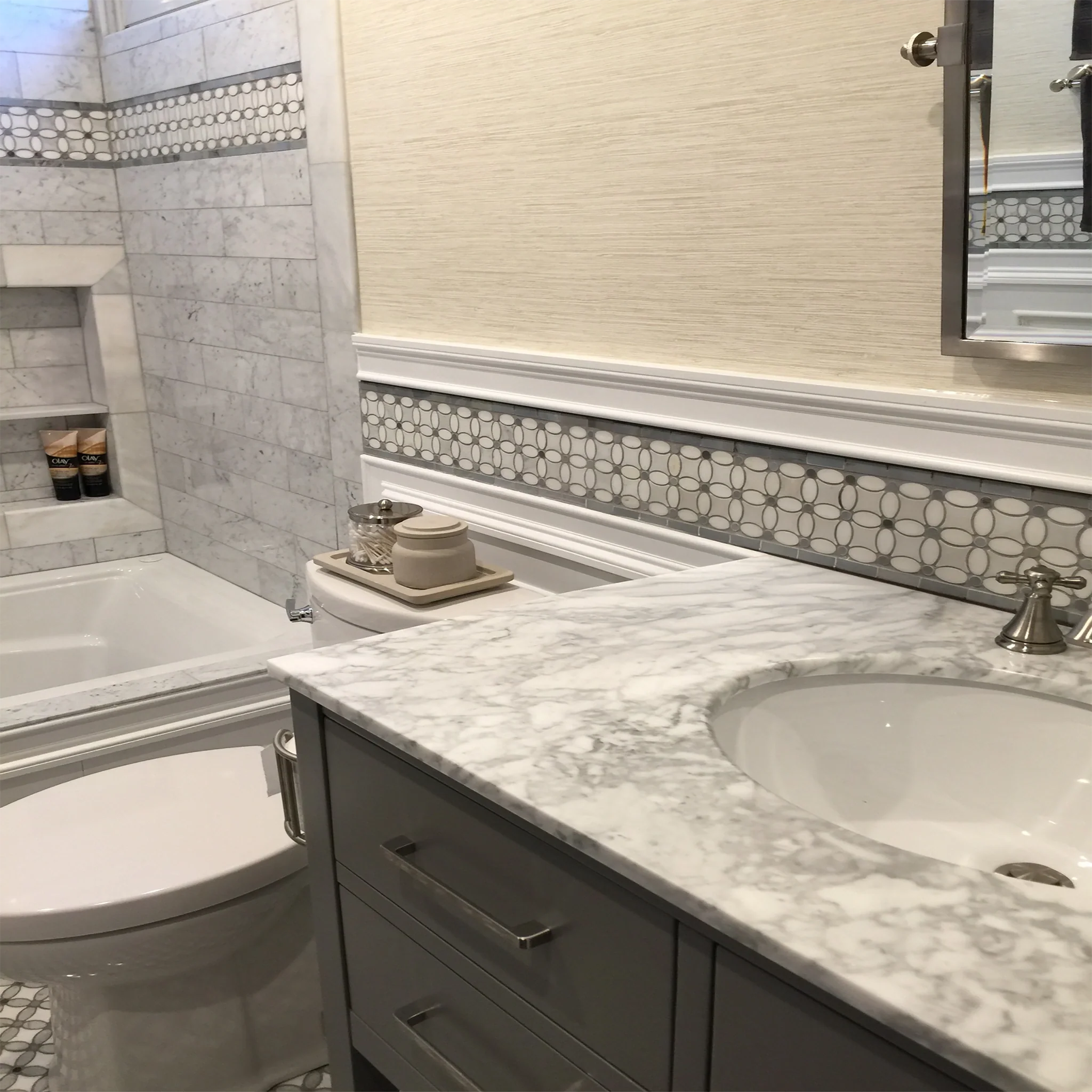 Border/Listello
Border/Listello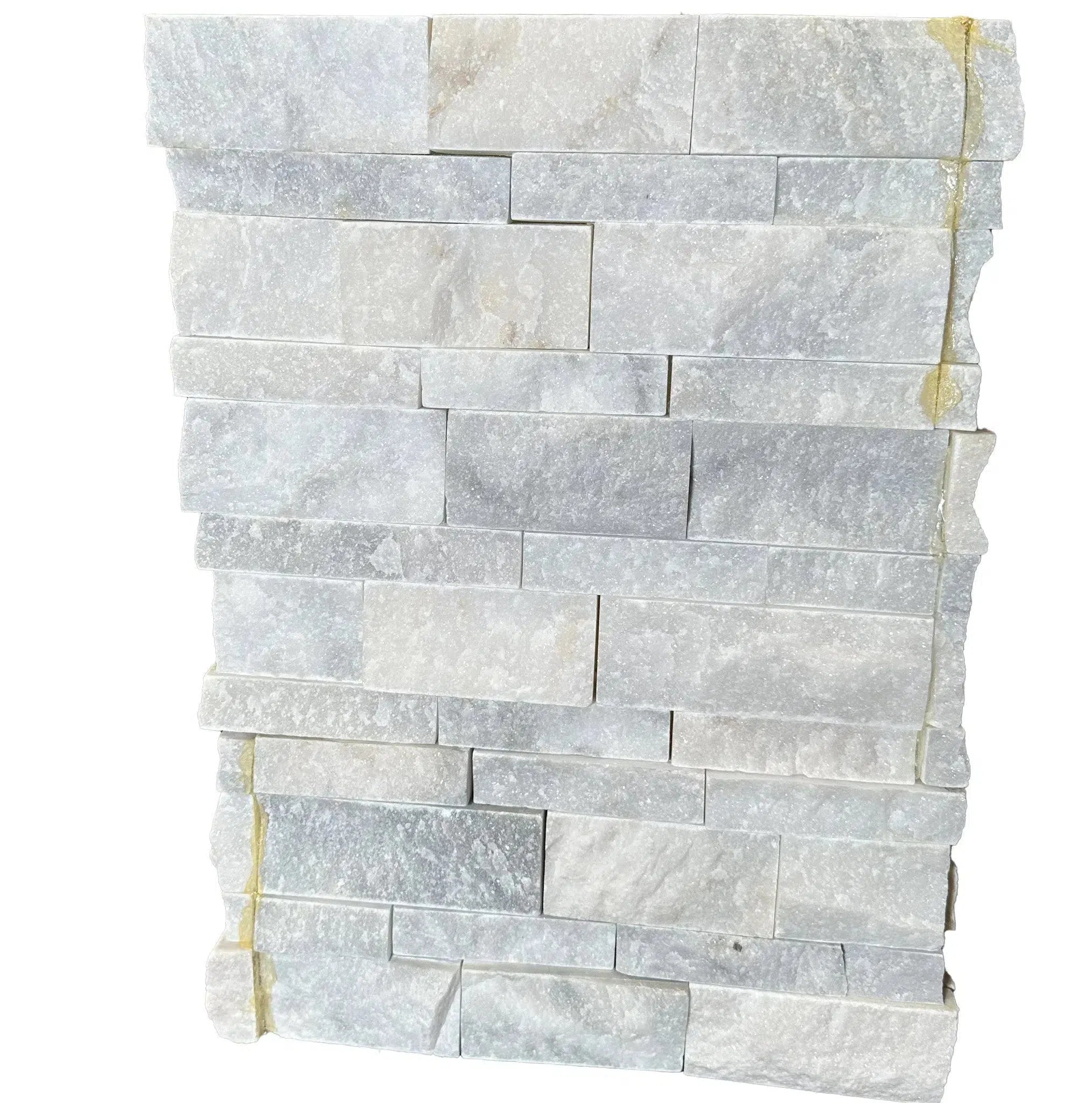 Ledger-Panel
Ledger-Panel Checkerboard
Checkerboard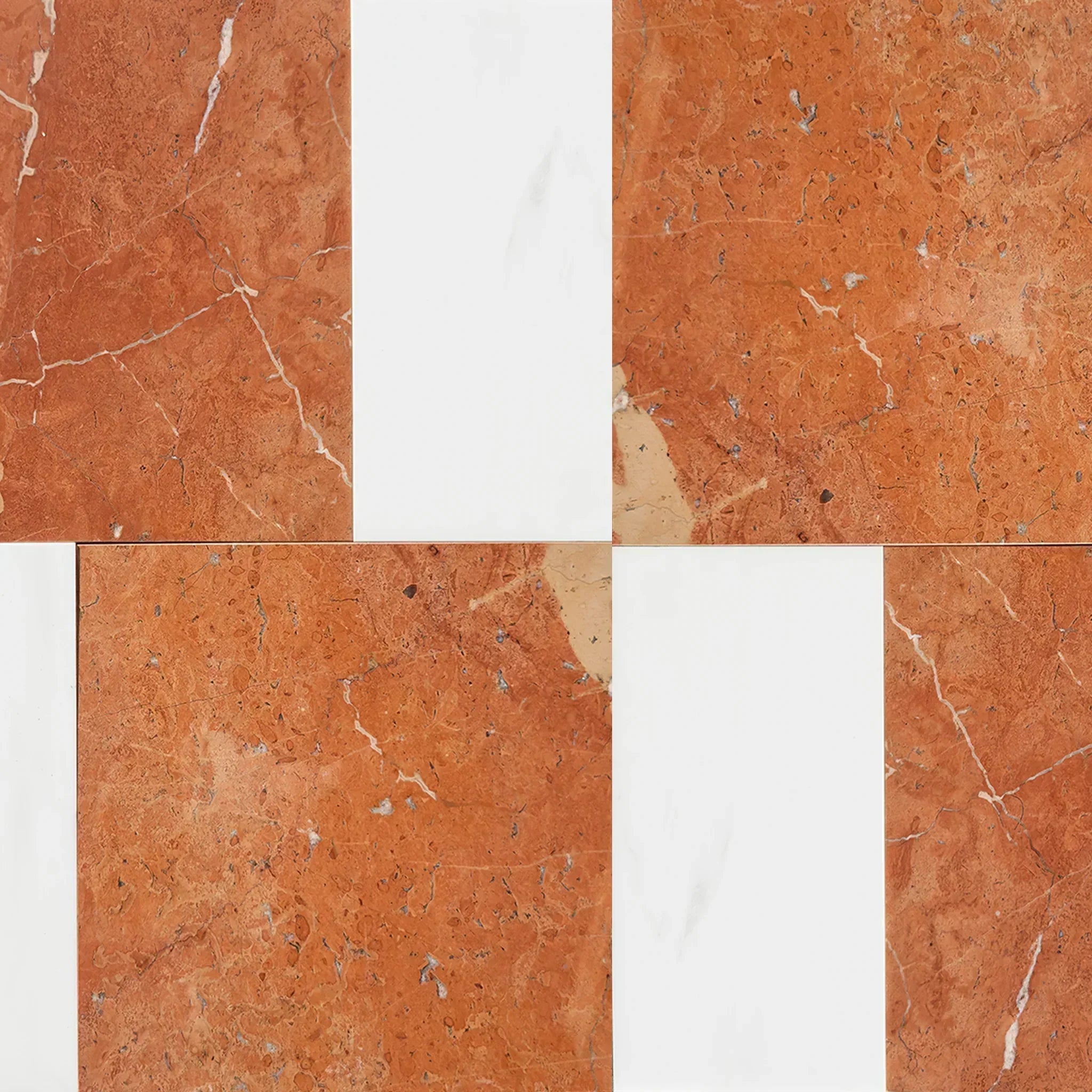 Patterned Tile Collection
Patterned Tile Collection  Shop By Finish
Shop By Finish
 Polished
Polished Honed
Honed Brushed
Brushed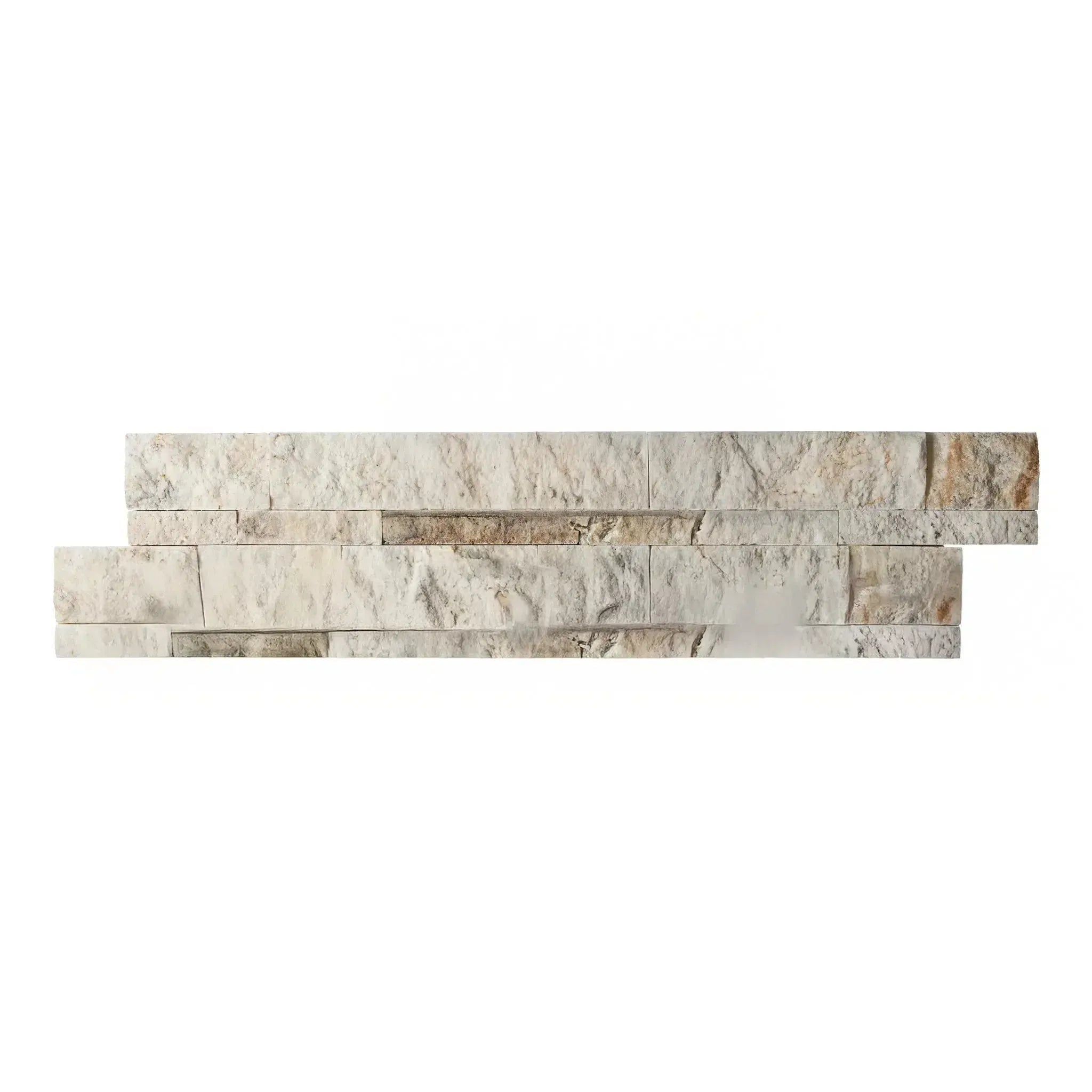 Split Face
Split Face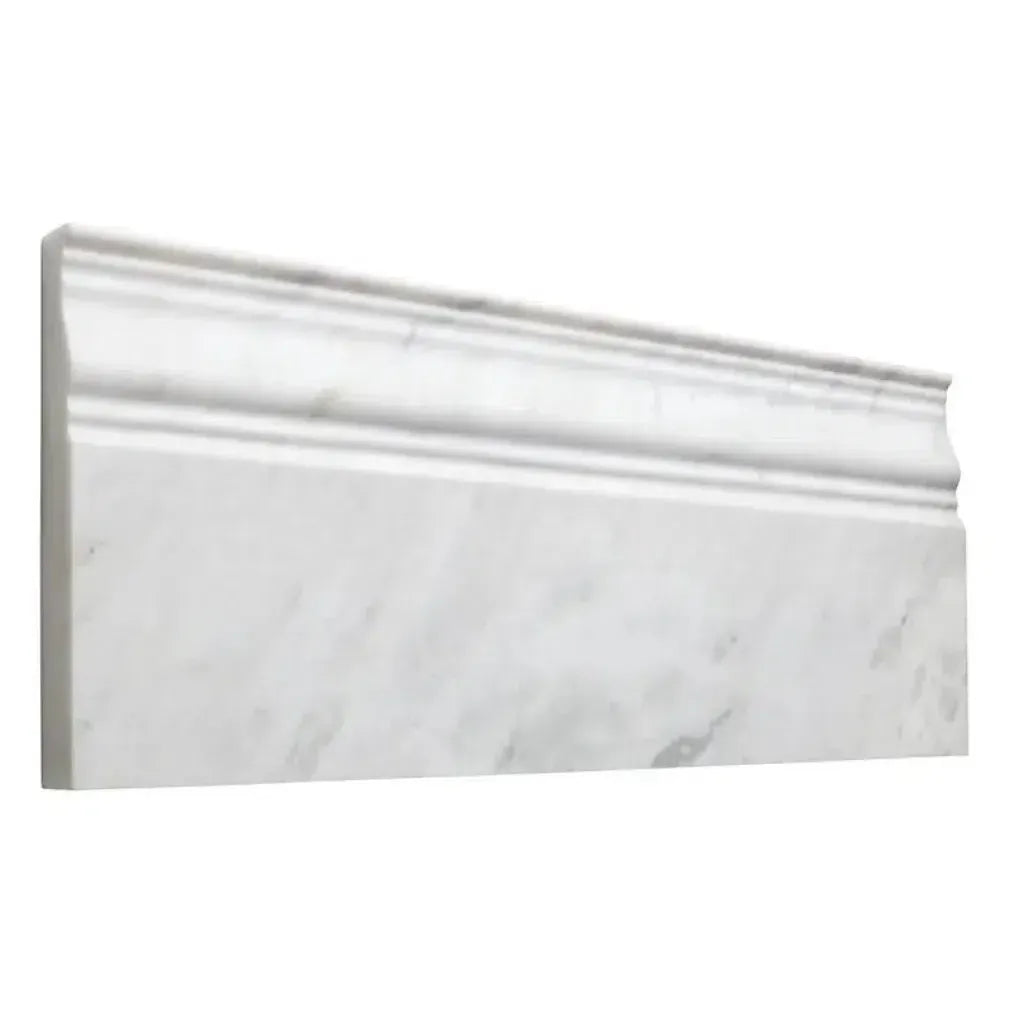 Textured
Textured Tumbled
Tumbled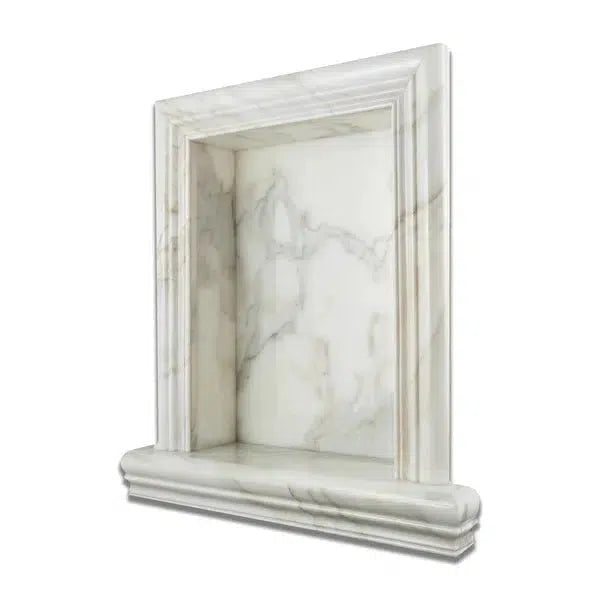 Accessories
Accessories
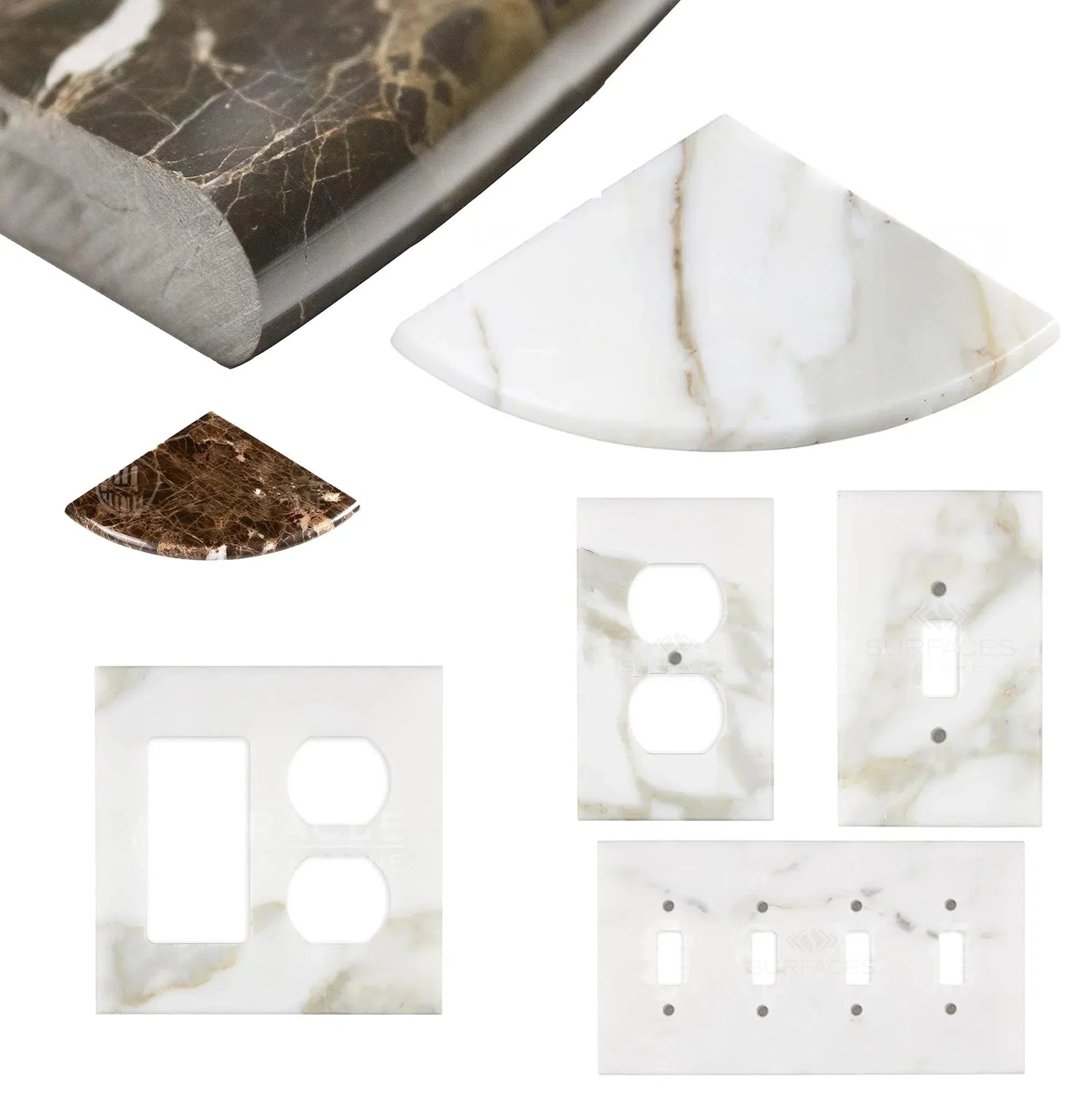 Wall Plate / Switch Plate
Wall Plate / Switch Plate Shampoo Niche
Shampoo Niche Corner Shelf
Corner Shelf Clearance
Clearance





Leave a comment